Two years ago, I visited eight historic churches in downtown Minneapolis, and wrote about them here. I recently had a couple spare hours in downtown Saint Paul, and decided to begin the expansion of my “cathedral tour” into Minneapolis’ twin city. There are many beautiful historic churches in Saint Paul, and the obvious place to start was at the Cathedral of Saint Paul. This Catholic cathedral, set upon Cathedral Hill and elevated about 300 feet above the surrounding areas, holds a prominent place in the Saint Paul skyline, and I’ve often noted it while driving in the area. It’s an impressive building from the exterior:
The Cathedral of Saint Paul was first established in a small log chapel overlooking the Mississippi river:
Cramped for space, the congregation soon moved downtown, and worshiped in two successive buildings before construction of the current chapel was completed in 1914. The first mass in the new building was held on Easter Sunday, 1915.
I started my visit of the Cathedral by taking in the exterior of the building, snapping photos as I circled it. (You’ll find all my pictures at the end of the post.) As I entered the building, I saw a sign indicating there was a funeral in process. I had a limited amount of time, but I definitely didn’t want to be going around taking pictures while a funeral was in process, so I wasn’t quite sure what to do. I decided that it would not be impolite for me to quietly and respectfully join the service, sitting in the back.
The responsive prayer of this Catholic service was reminiscent of the Episcopalian services I attended as a child and young adult, although the words were different. The music for this small service, performed by a single vocalist and organ, was poignant. The soprano had an amazingly clear and richly timbred voice, with perfect intonation. I tried to make a recording of a sample of the music to share with you, but unfortunately, it didn’t come out.
The service included a communion, and the priest instructed us that non-Catholics could instead receive a blessing. Similar to Orthodox Christianity, communion in Catholic churches is exclusive to those of the Catholic faith.1 I considered taking communion anyway. I would have easily gotten away with it. But I decided that it would be too disrespectful, and so I approached with my hands across my chest to signify my non-universality, and received the briefest of blessings. As I recall, the priest said, “God bless you on this day.”
The sacrament of communion - known more formally as the Eucharist - consists of the consumption of bread and wine. Nowadays, the bread is commonly a coin-shaped wafer, and the wine is often cut, or replaced entirely, with grape juice. Communion is a sort of reenactment of a scene from the Last Supper, which is perhaps most commonly recalled in the verses of the first letter from Paul to the Corinthians, chapter 11, verses 23-26:2
For from the Lord I received what I also delivered to you: that the Lord Jesus, on the night in which he was betrayed, took a loaf of bread, and, having given thanks, broke it and said, “This is my body, which is for your sake; do this for my remembrance.” Likewise, after supping, the cup also, saying, “This cup is the new covenant in my blood; do this as often as you drink, for my remembrance.” For as often as you eat the loaf and drink the cup, you announce the Lord’s death until he come.
Paul gives the impression that Jesus wants us to take communion not just as a sort of reenactment, but also in remembrance of him. It seems the ritual of communion was already well established at this early stage of the Christian church, and Paul retroactively motivates this ritual by adding the bit about “for my remembrance,” which Jesus does not say in the accounts of the synoptic gospels (Mark, Matthew, and Luke). Compare Mark 14:22-25:
And as they were eating he took a loaf and, giving thanks, broke it and gave it to them, and said, “Take it: This is my body.” And, taking a cup and giving thanks, he gave it to them, and all drank from it. And he said to them, “This is my blood of the covenant, which is being shed for many. Amen, I tell you, henceforth I will most surely not drink of the yield of the vine until that day when I drink it with you, new, in the Kingdom of God.”
Since I became a Christian a couple years back, I have occasionally had a deep desire to partake in this sacrament. The closest parish of my church of choice - the Apostolic Johannite Church - is a six hour drive from where I live, and I still have yet to visit. Other churches that might be most agreeable to my temperament - the Catholic church, and various Orthodox churches - are quite explicit about giving communion only to church members. Church membership generally depends on professing, or at least not openly challenging, certain beliefs, and I am quite sure that conflict would occur on this point, so even attempting to gain membership to any of these churches is out of the question.
Various protestant churches are more relaxed, and are generally willing to give communion to non-members. I’ve looked at any number of churches in my area over the years, and generally get hung up on the “What We Believe” pages of their websites. I really wish there were some Gnostic Christian churches around here.
At one point, I did attend an Episcopalian church in my area a couple of times, partially motivated by my desire to take communion. All told, I was rather disappointed. This was before the COVID hysteria had died down, and Jesus’s body was served to me, a tiny wafer in a clear plastic one-use cup like the ones you get sauces in at take-out restaurants. Like the “single-serving friend” from Fight Club.3 And there was no wine whatsoever! Not even juice. In the back of my mind, I recalled that Eucharist was still Eucharist with just the wine and not the bread, or vice-versa. And I confirmed this when I got home. But honestly, it was just not the same.
Such are the trials of a heretic who wishes to take communion.
Anyway! What a beautiful church the Cathedral of Saint Paul is! I’m going to try something a little different here, and arrange the pictures into a handful of galleries. First, the exterior:
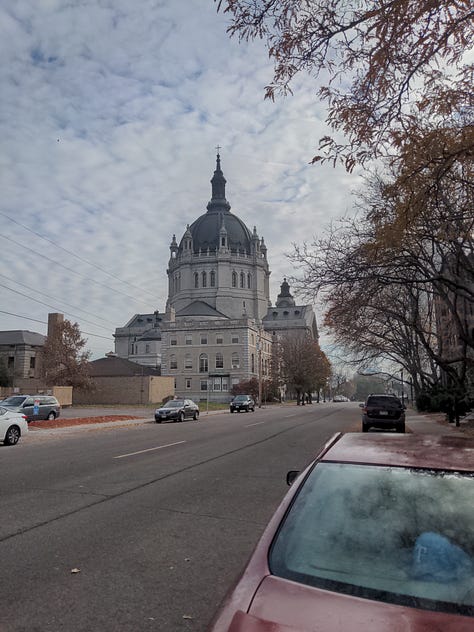
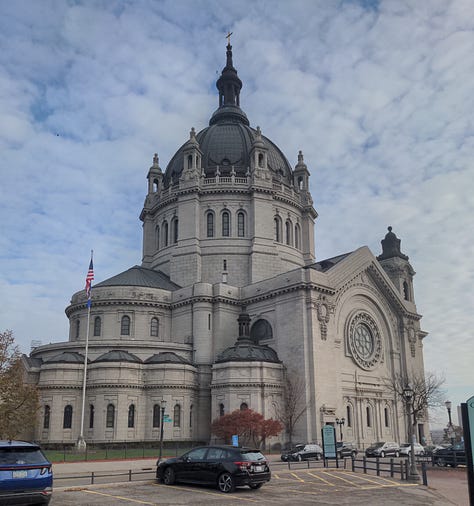
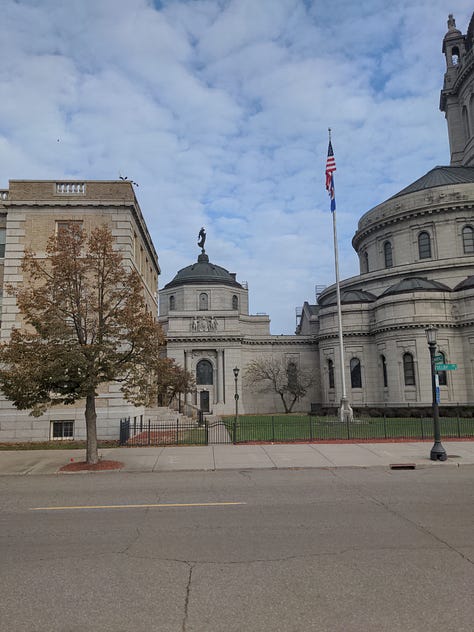
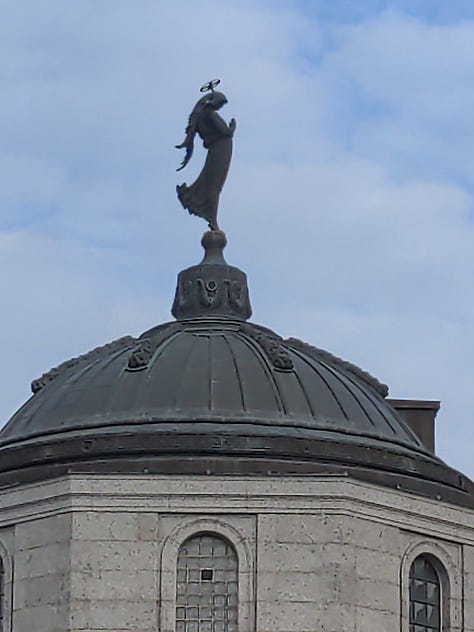
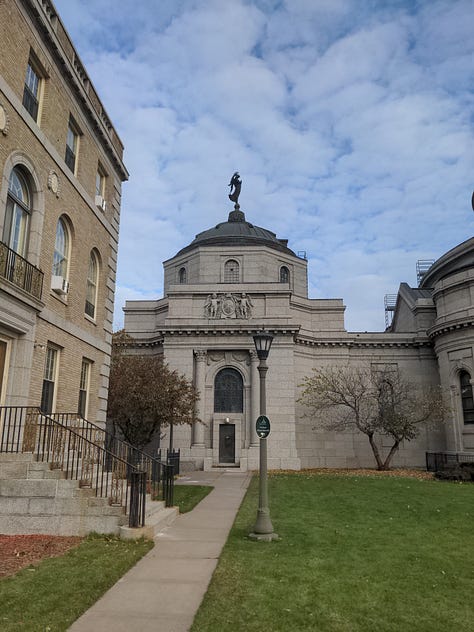
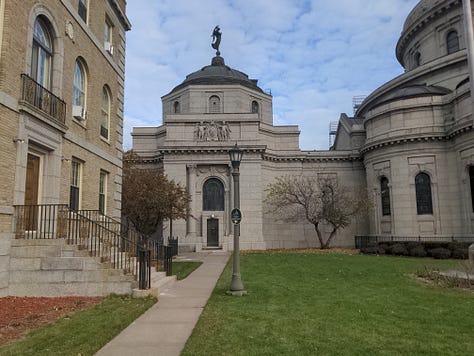
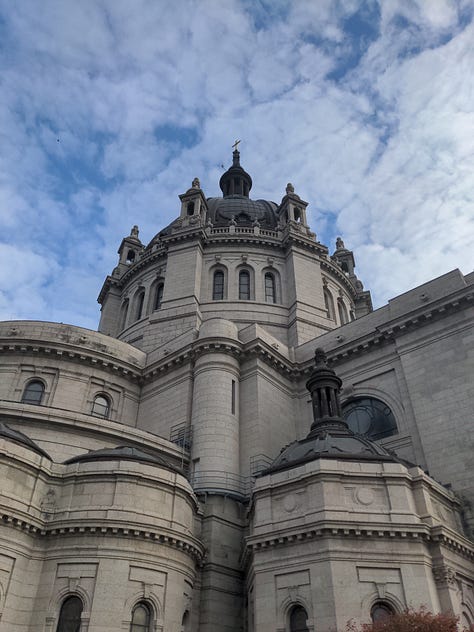
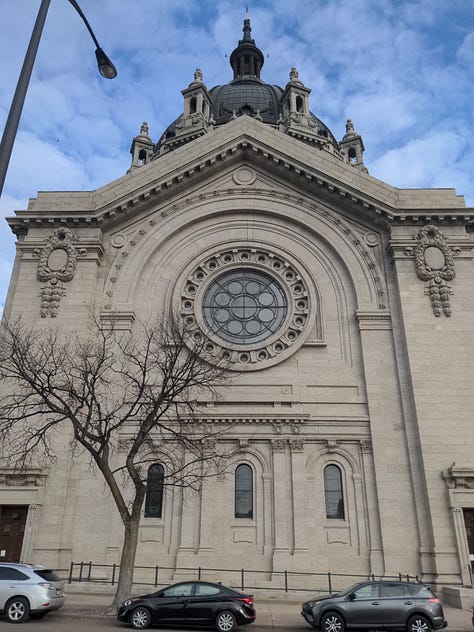
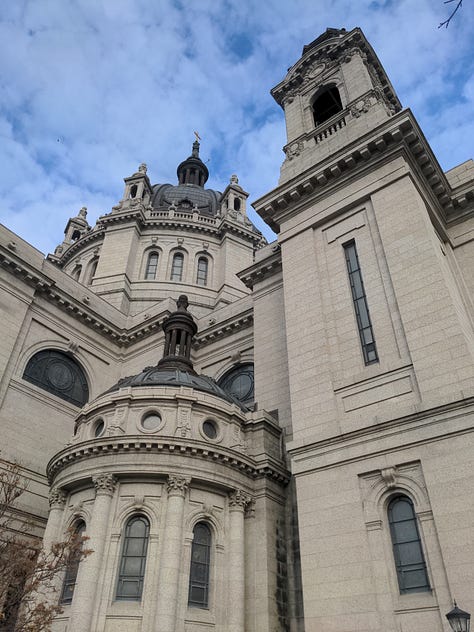
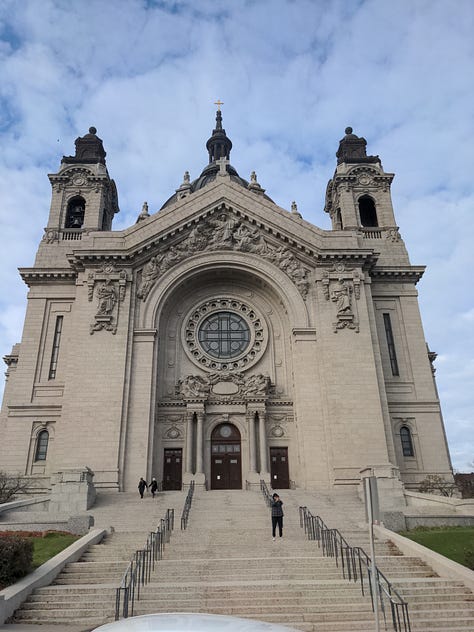
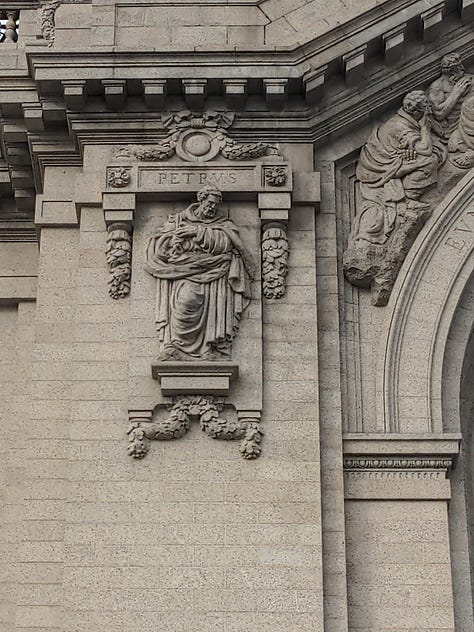

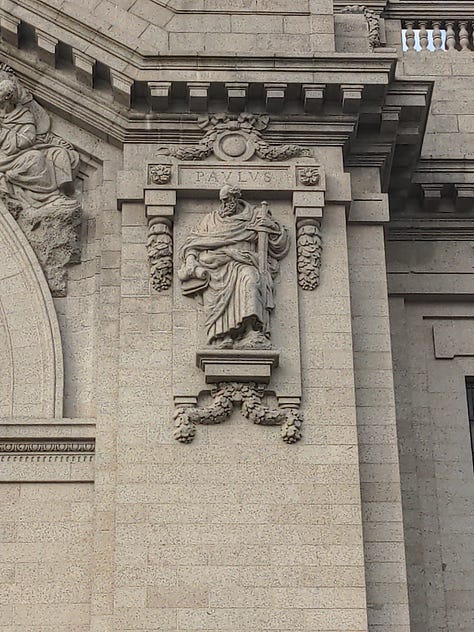
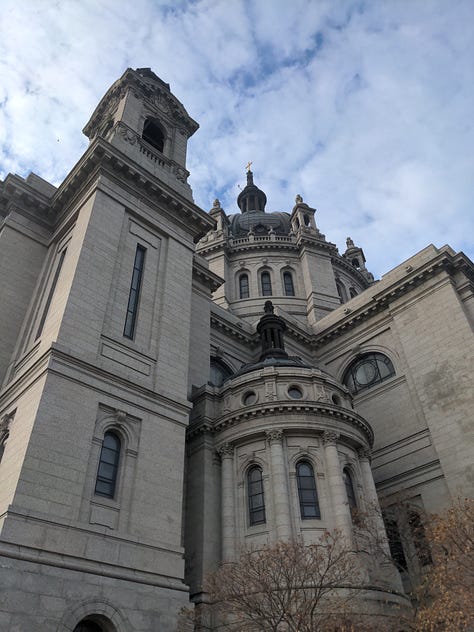
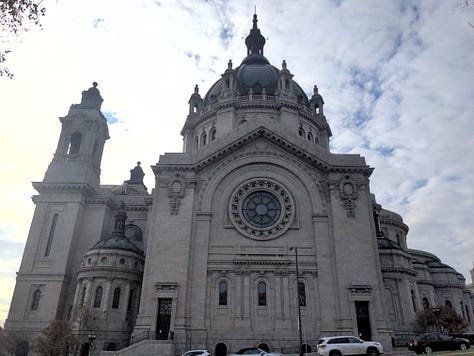
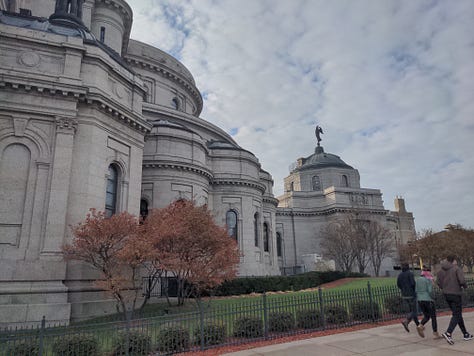
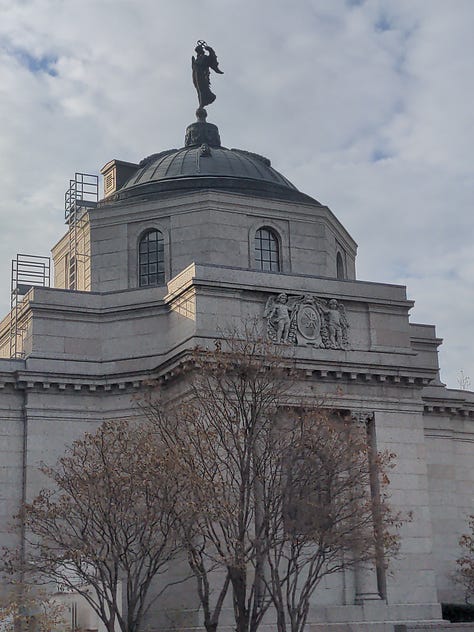
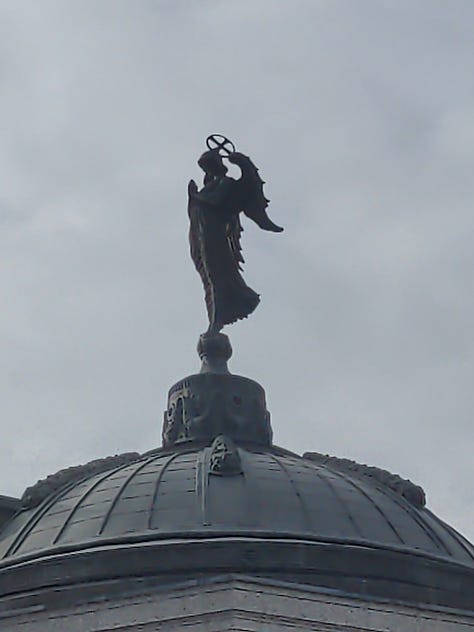
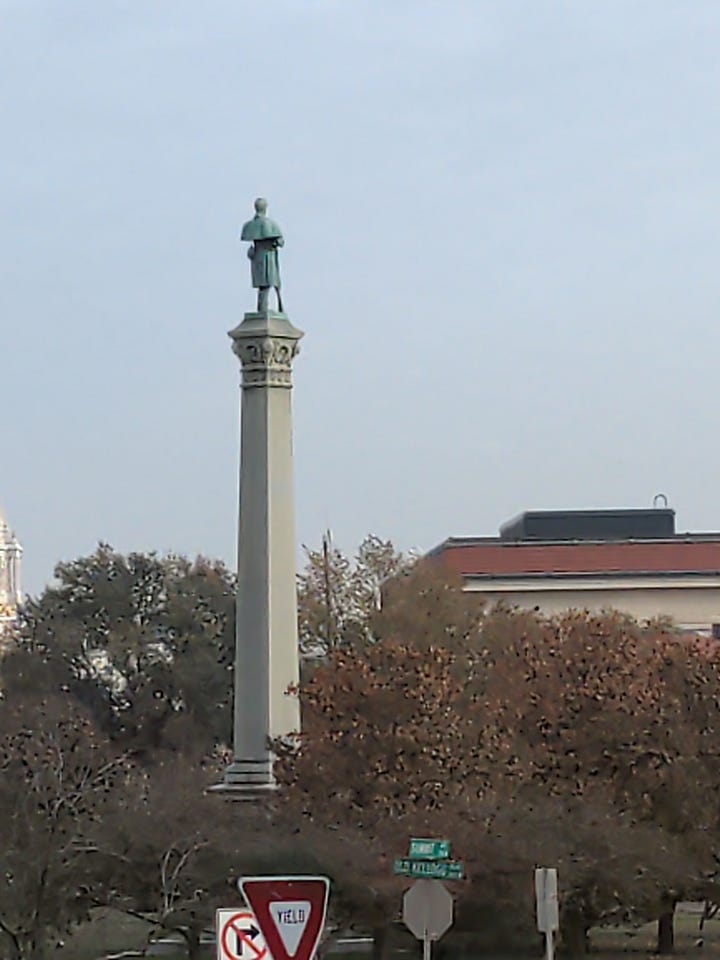
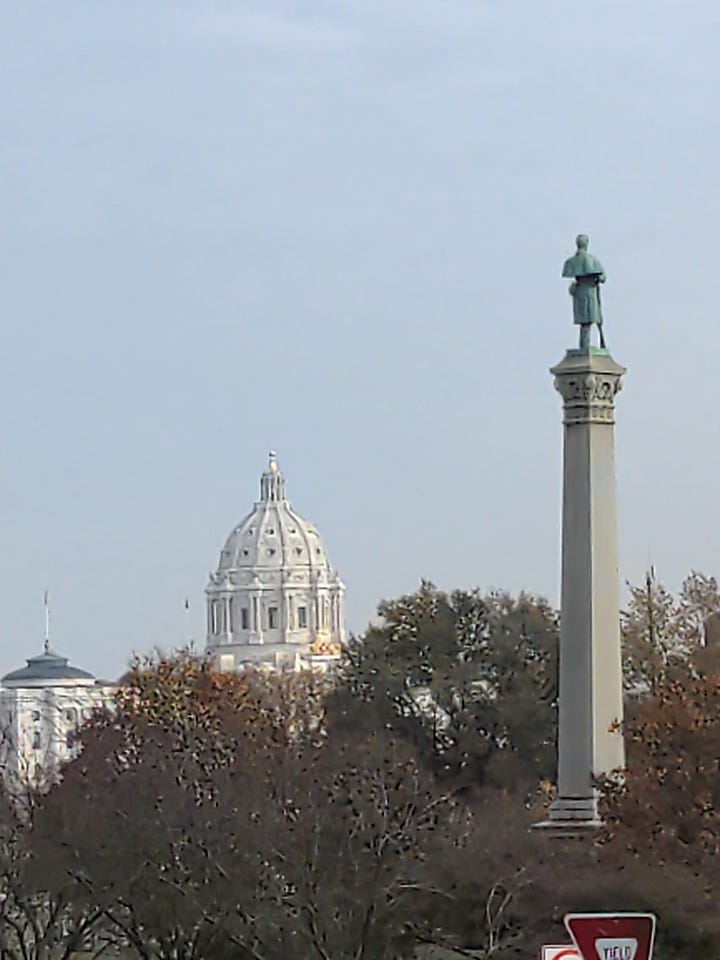
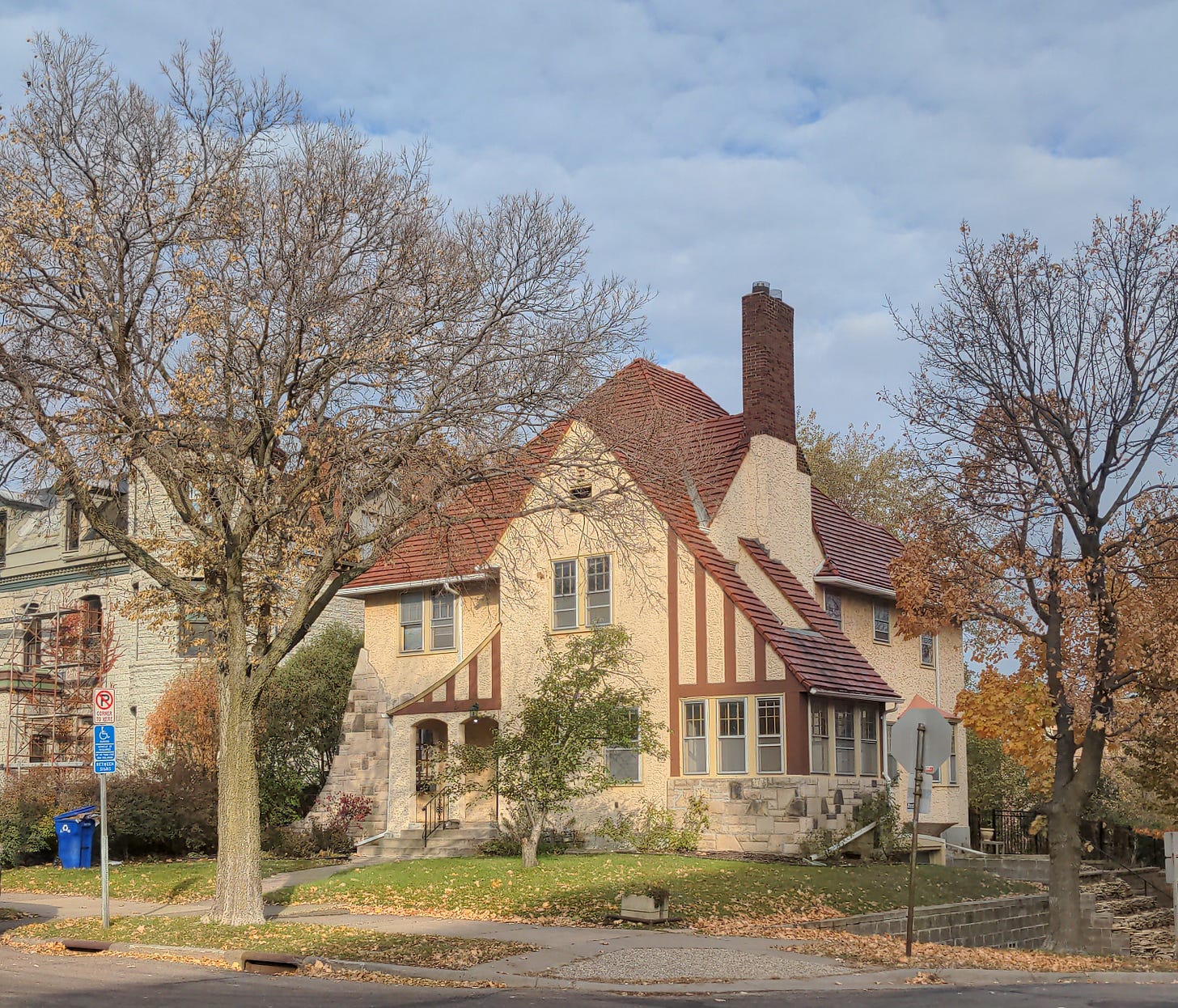
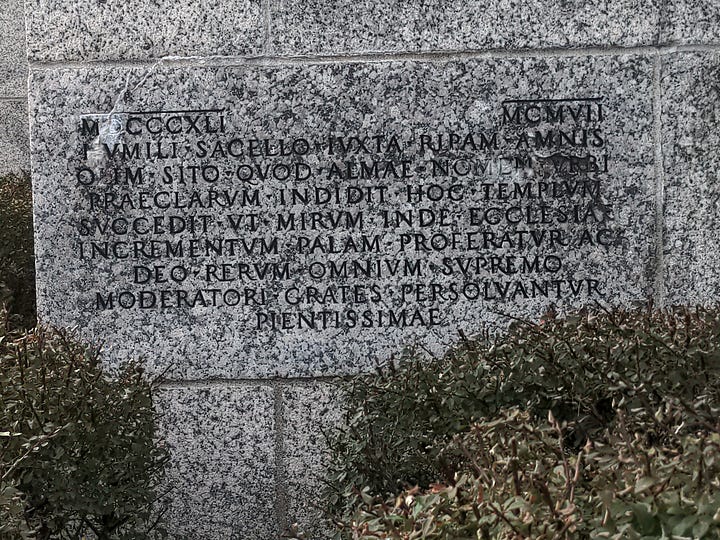
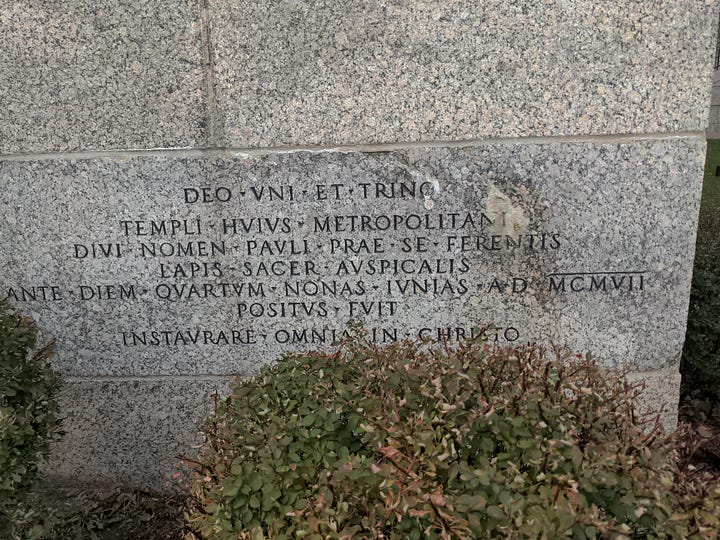
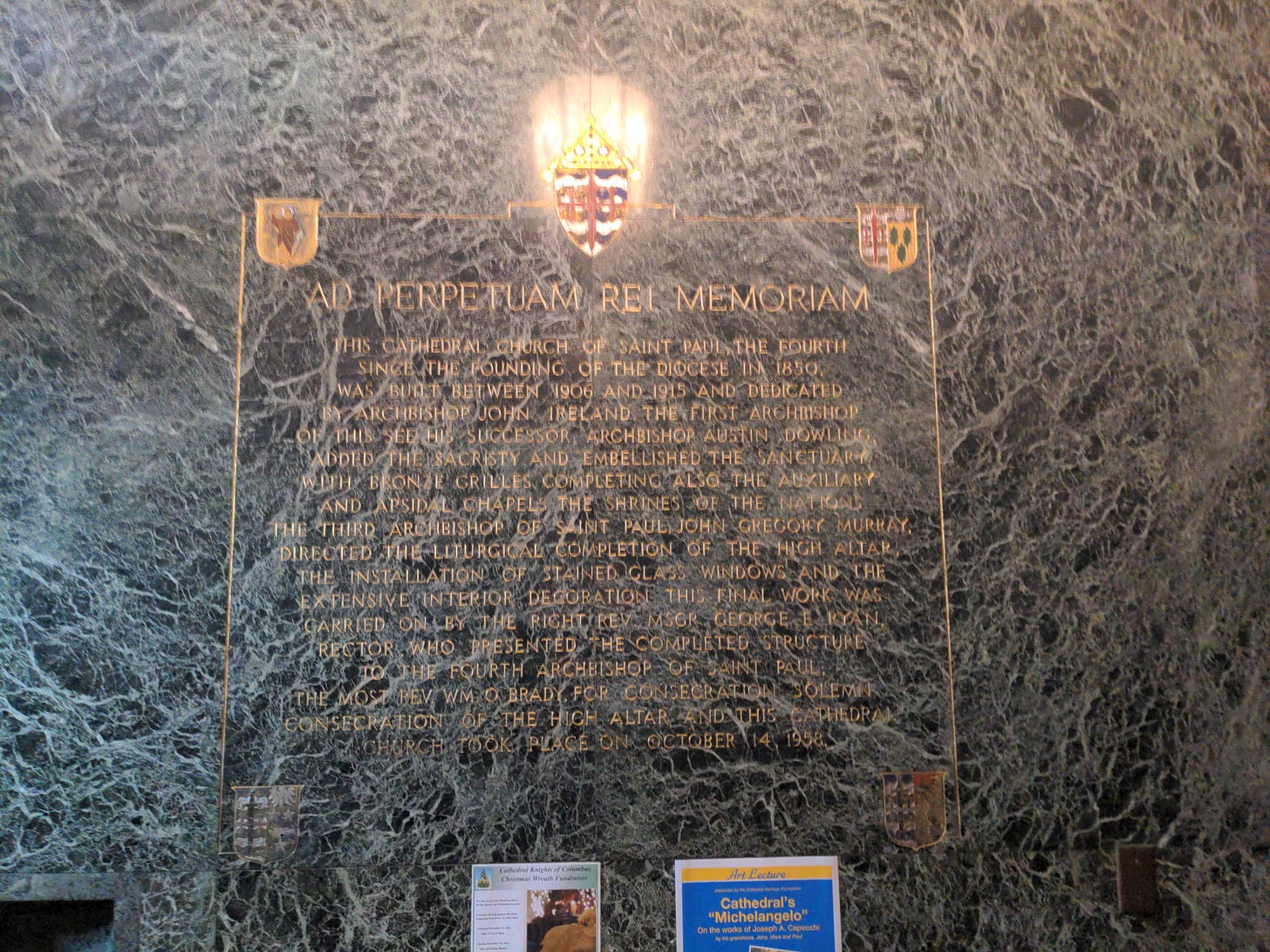
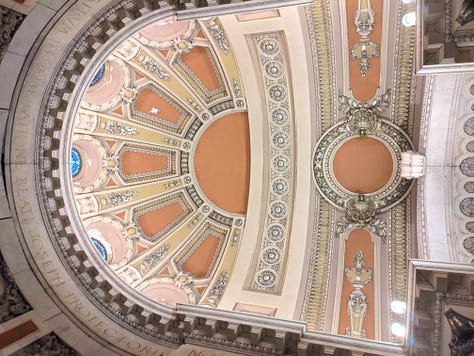
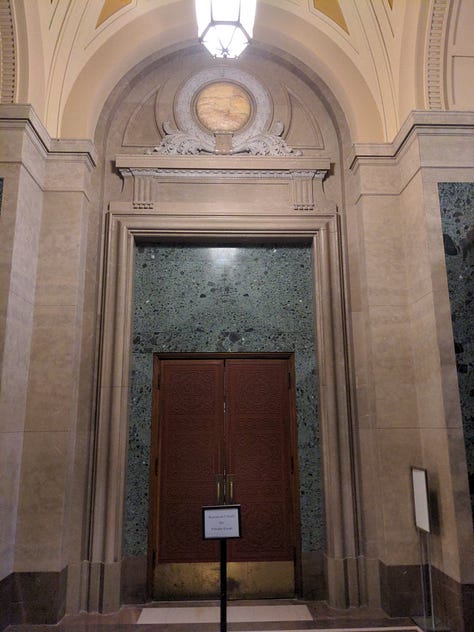
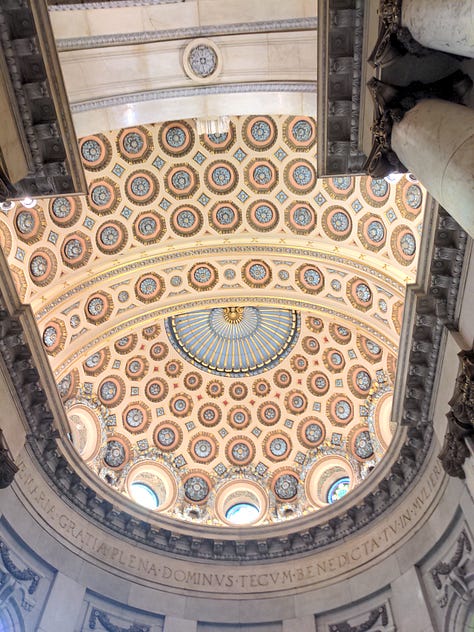
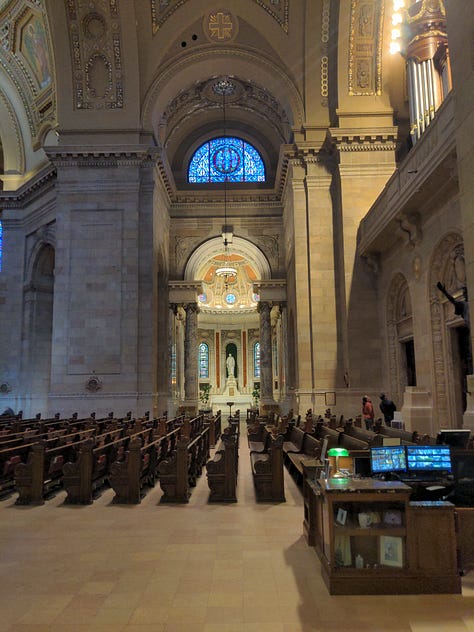
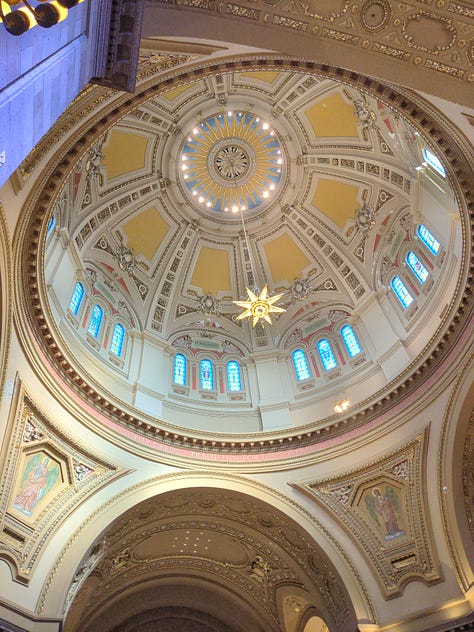
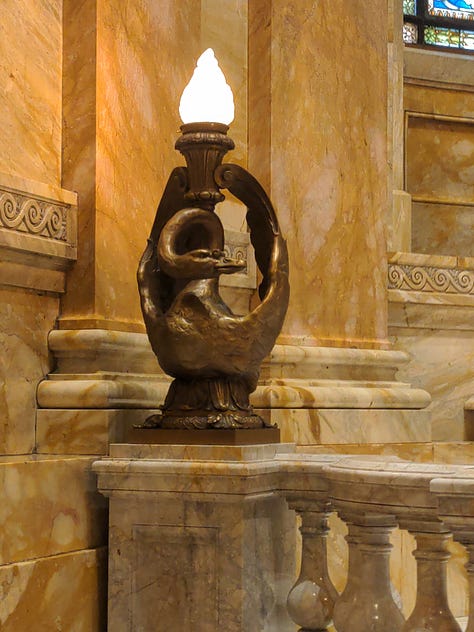
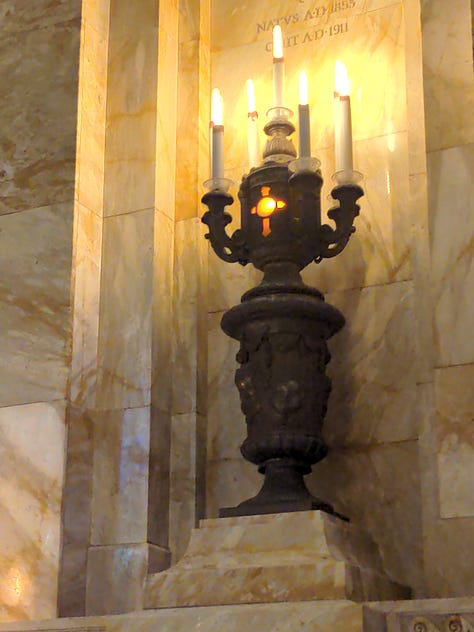
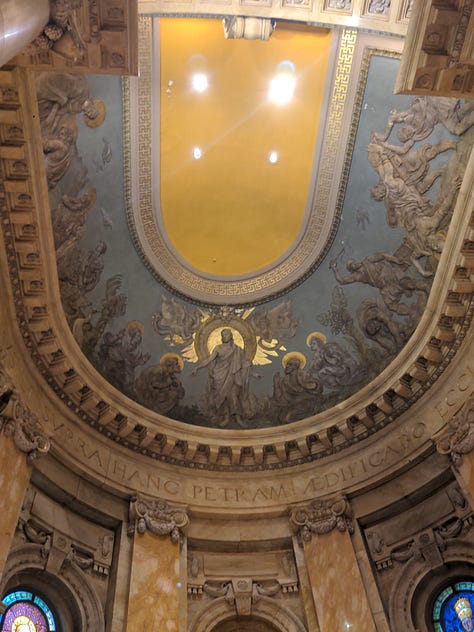
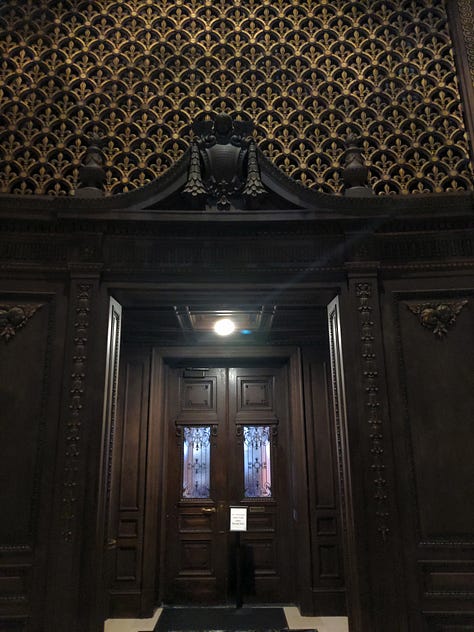
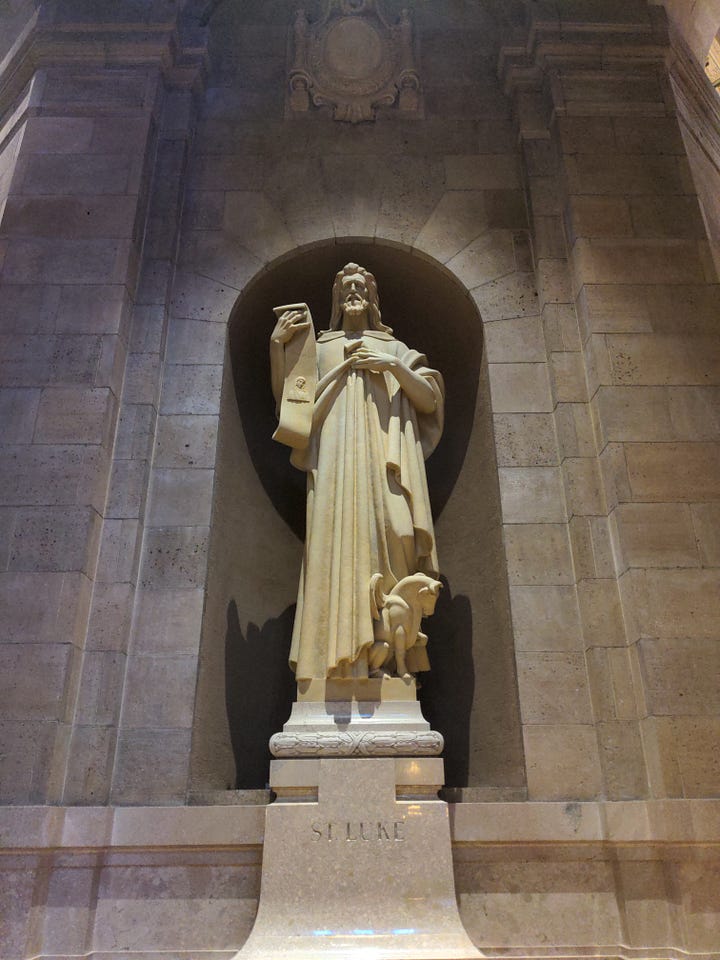
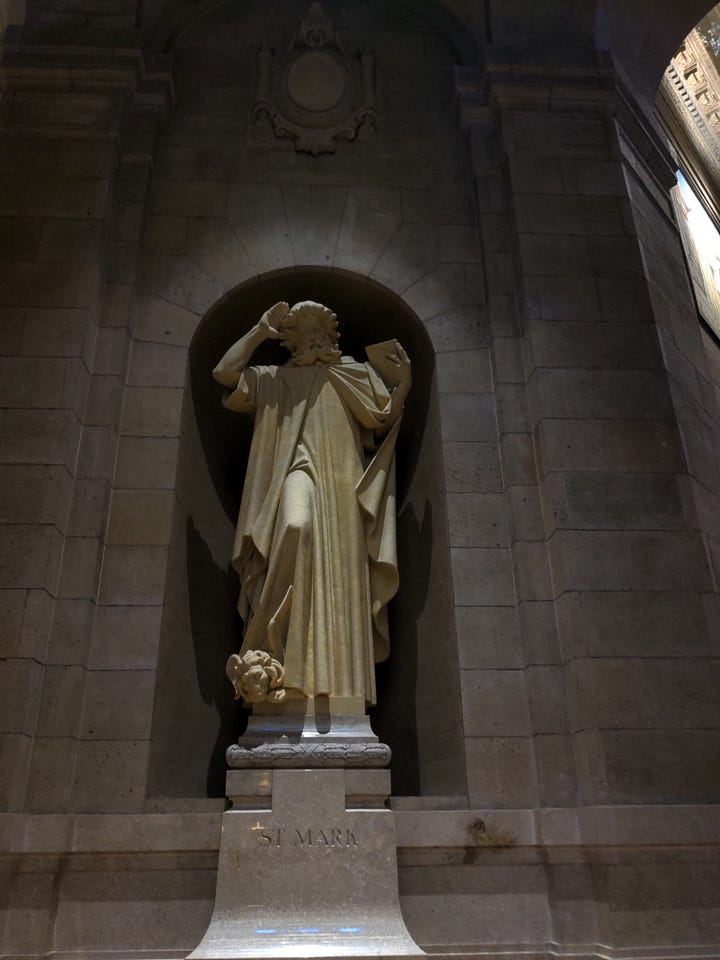
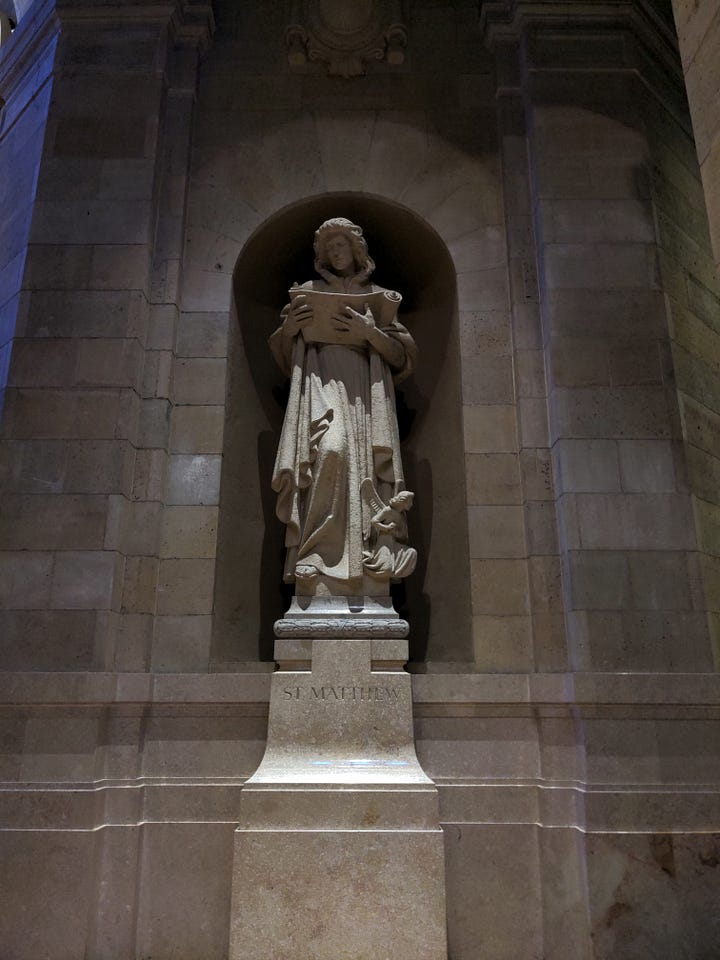
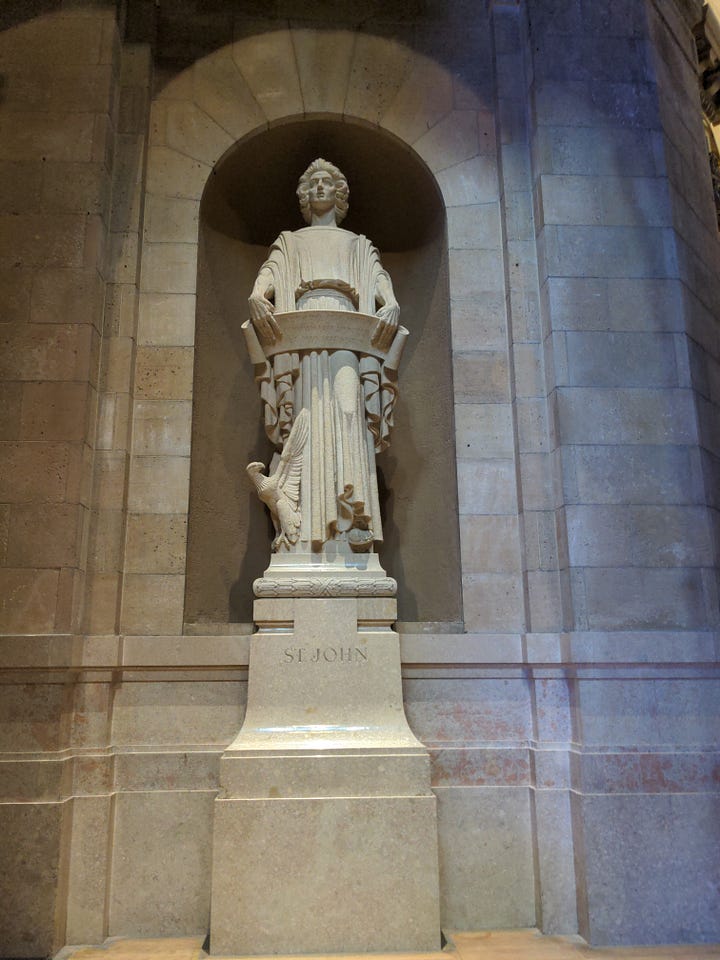
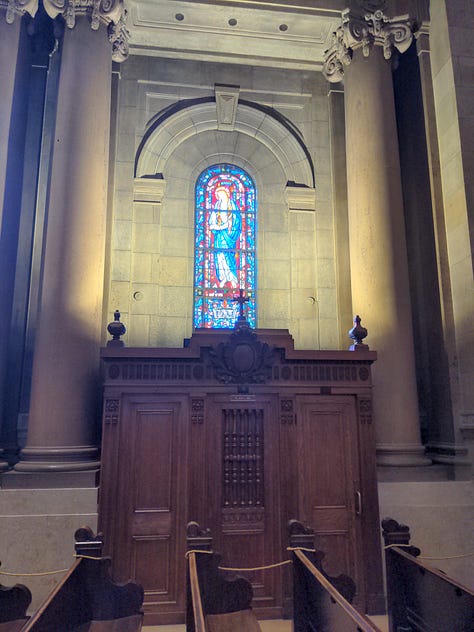
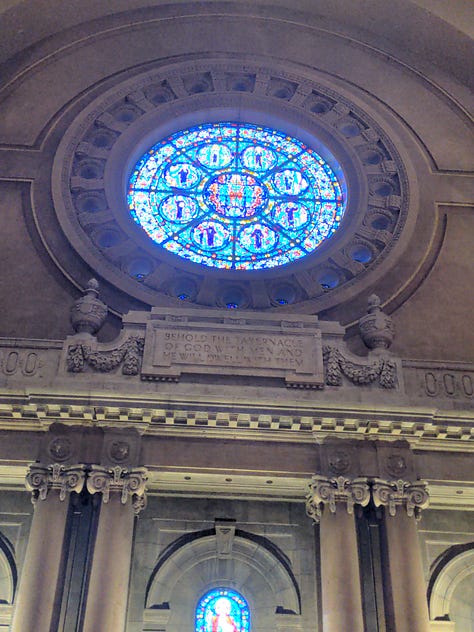
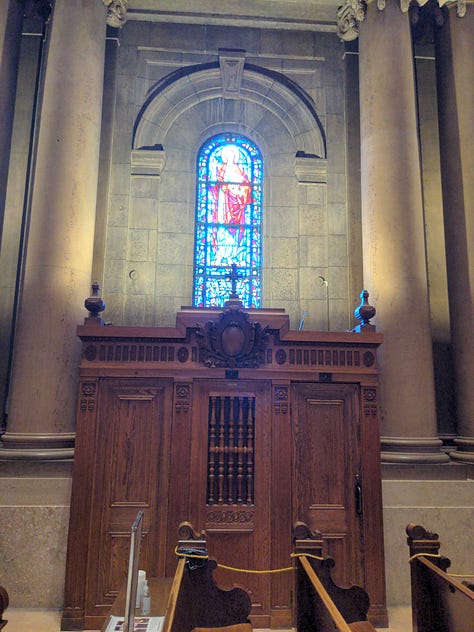
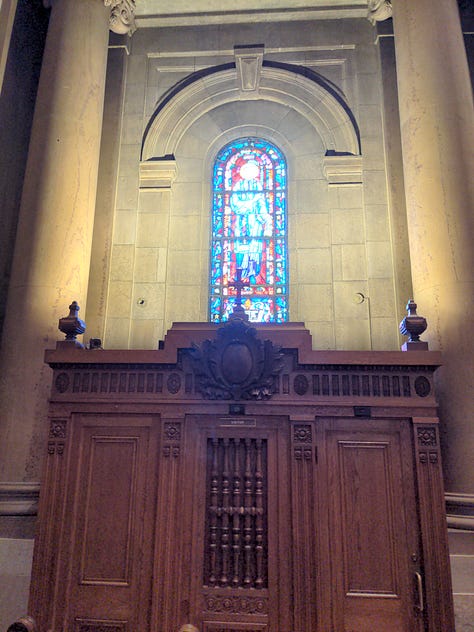
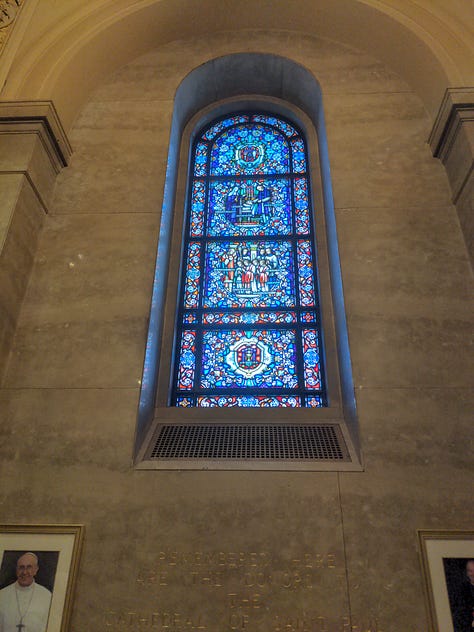
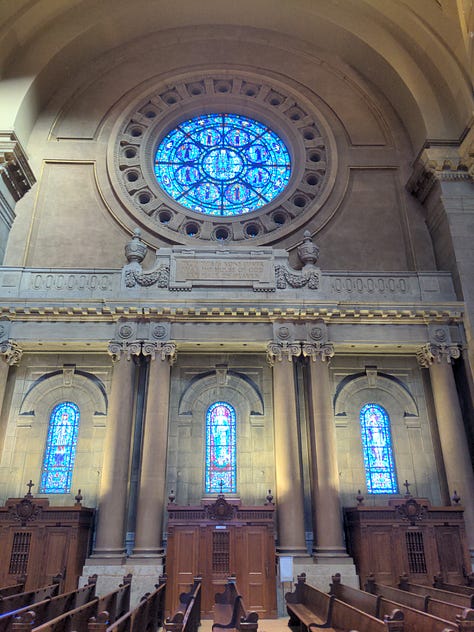
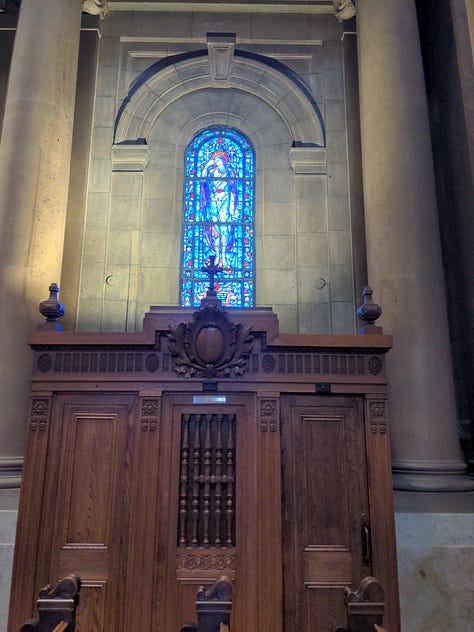
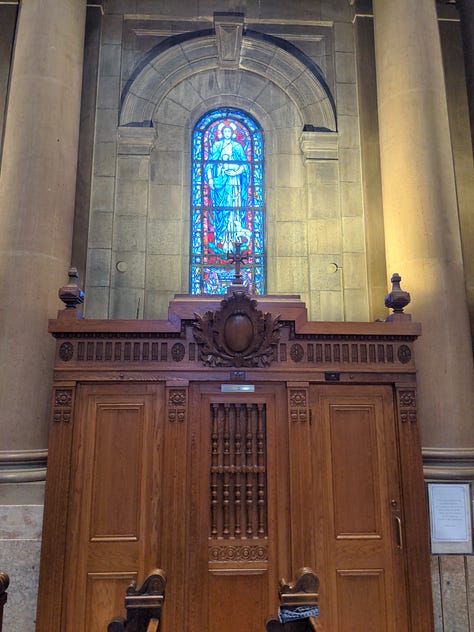
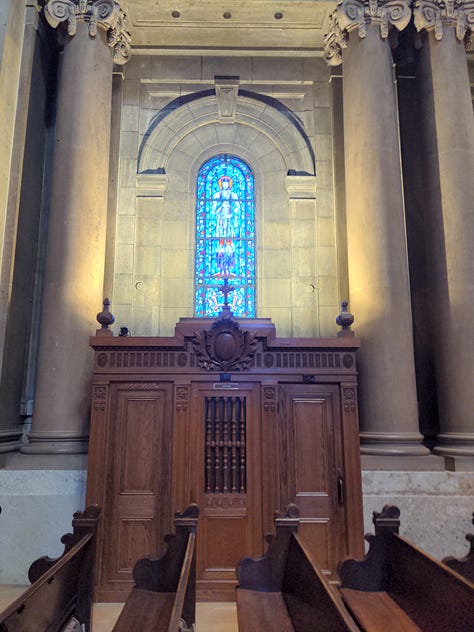
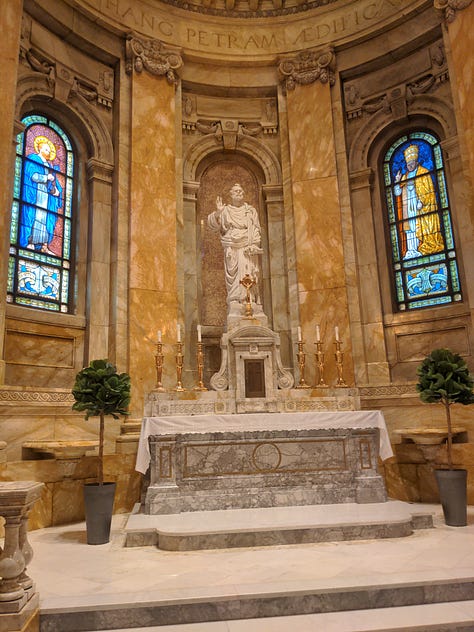
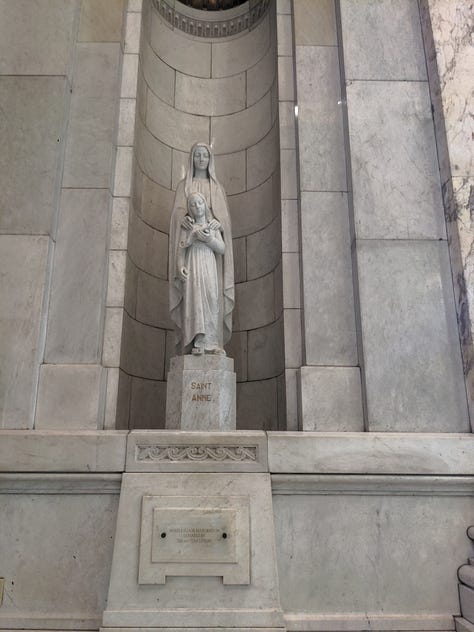
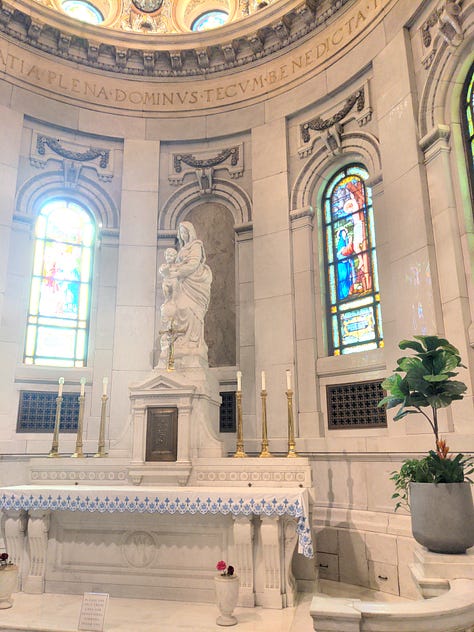
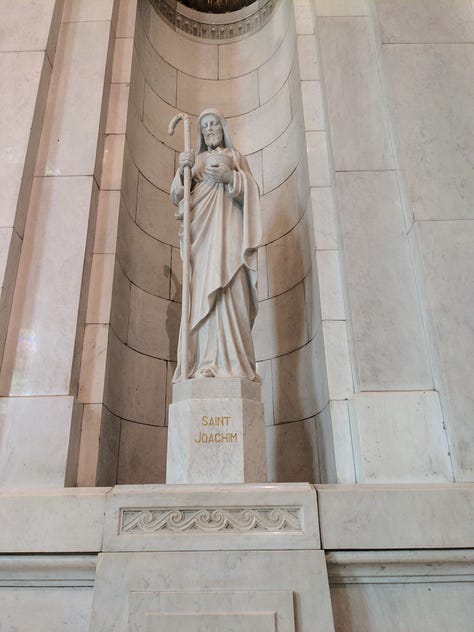
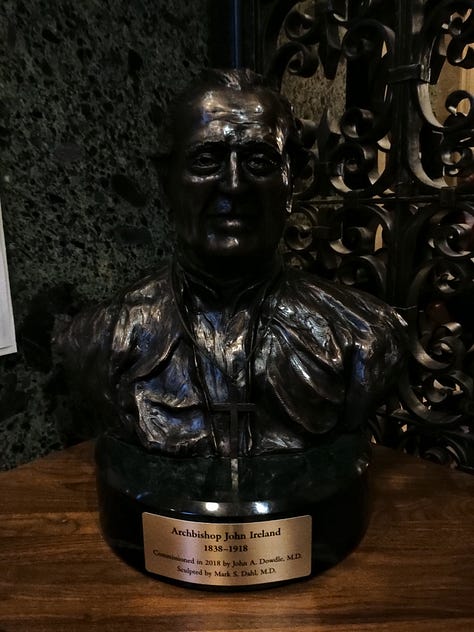
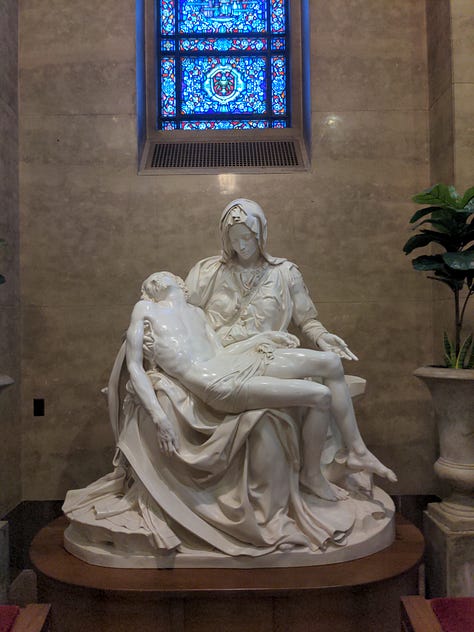
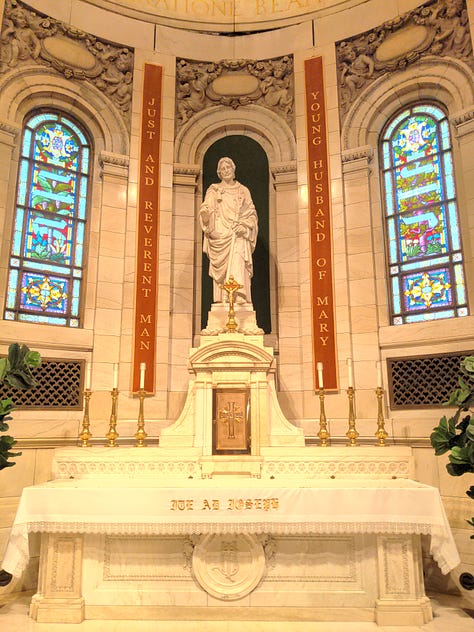
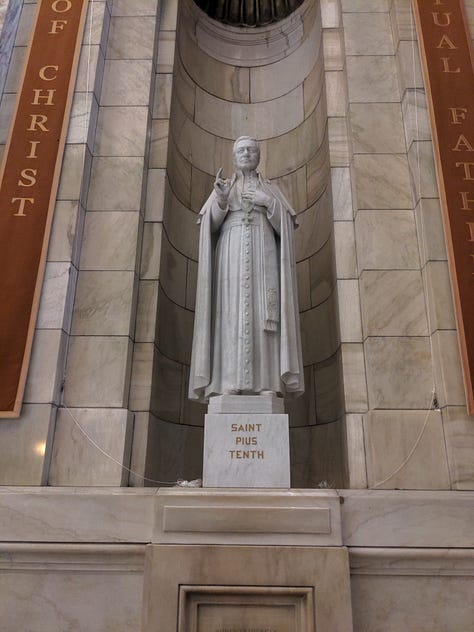
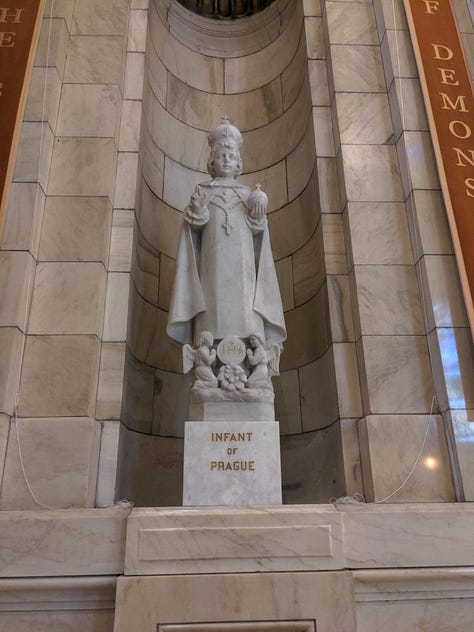
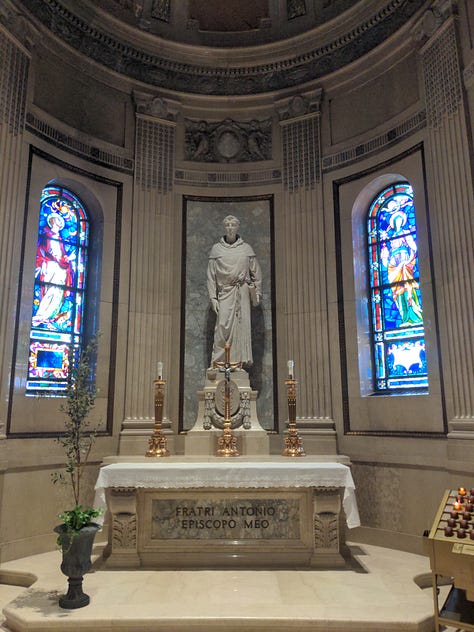
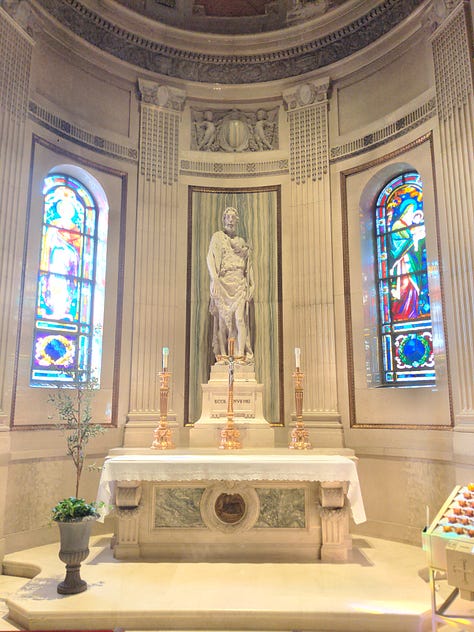
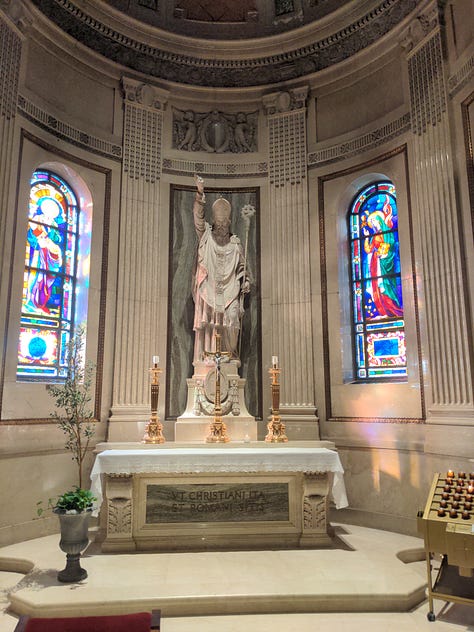
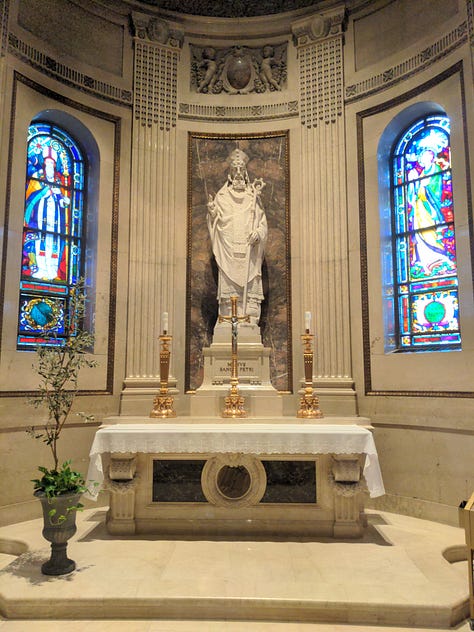
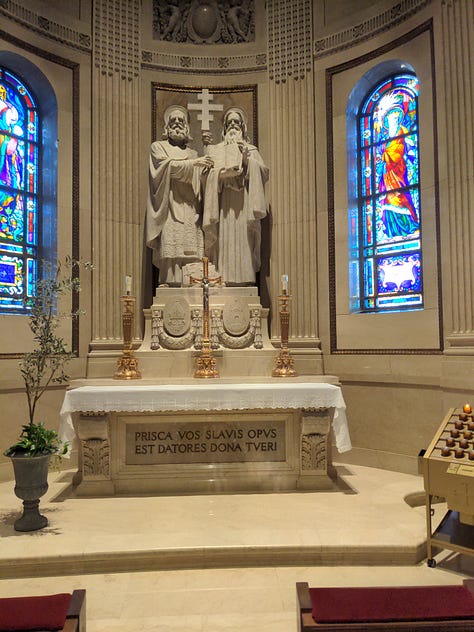
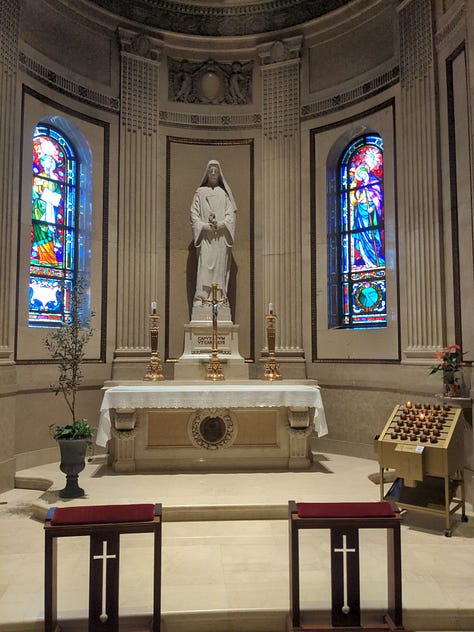

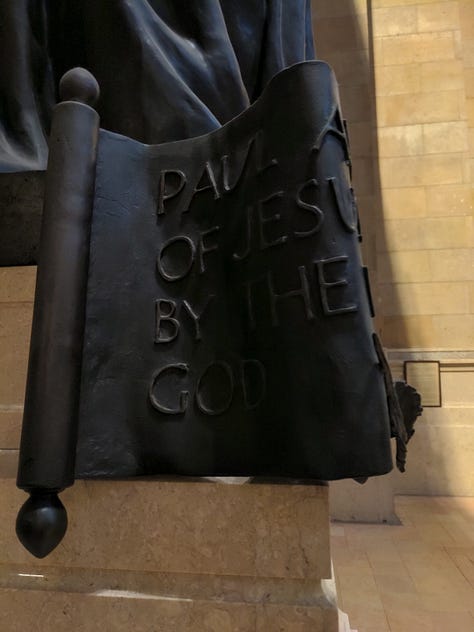
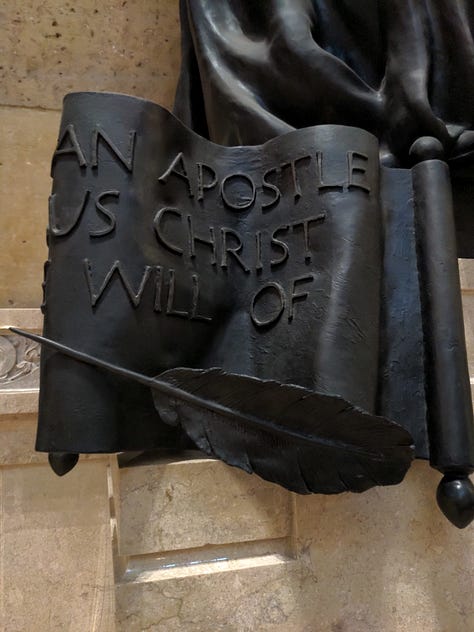
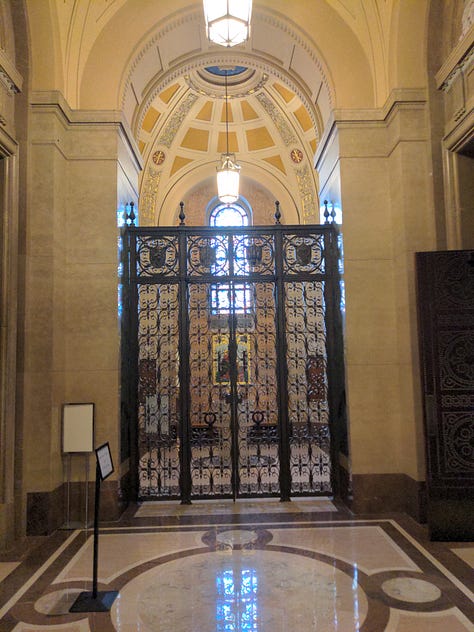
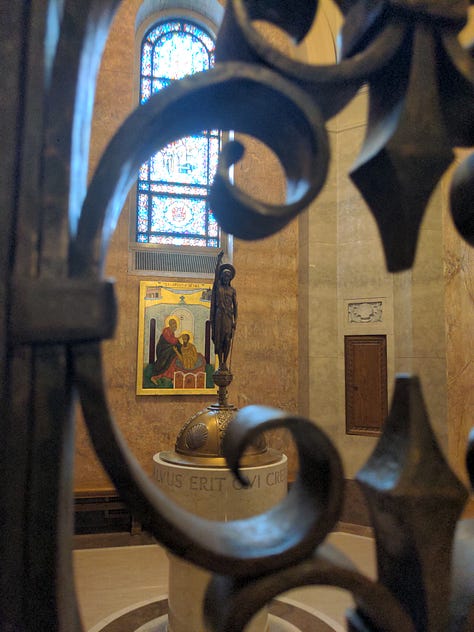
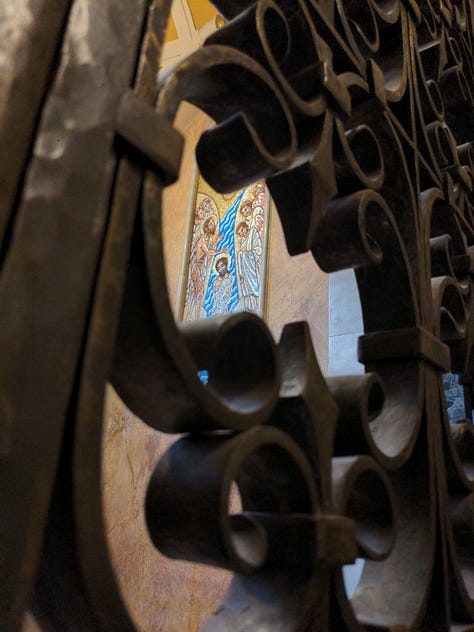
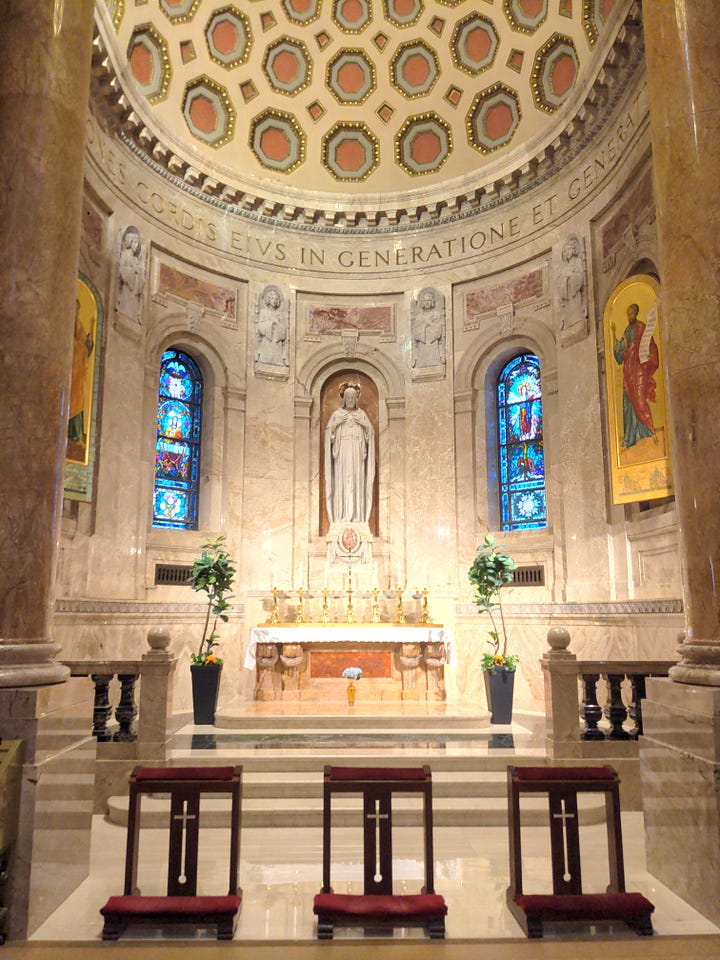

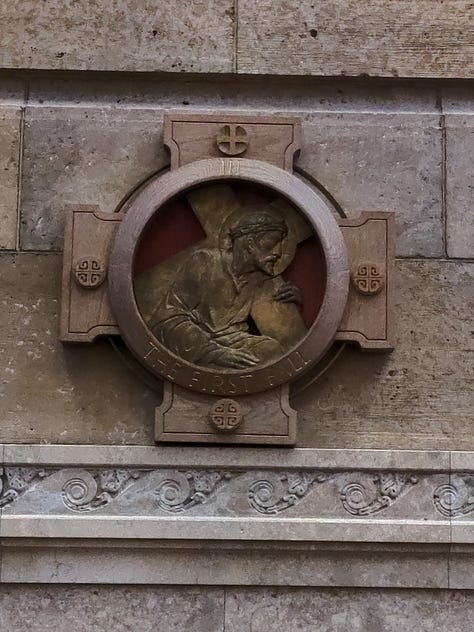
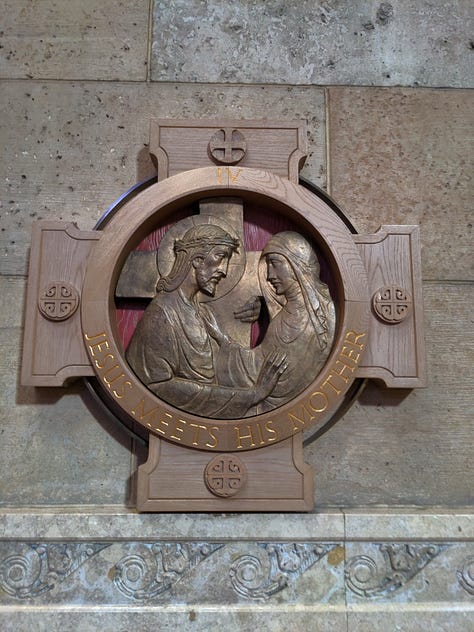
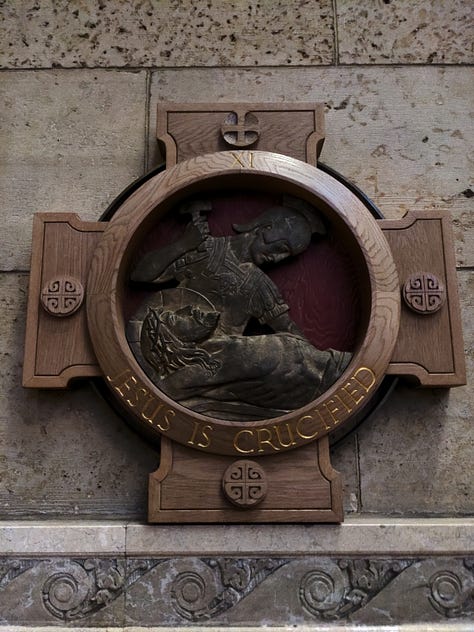
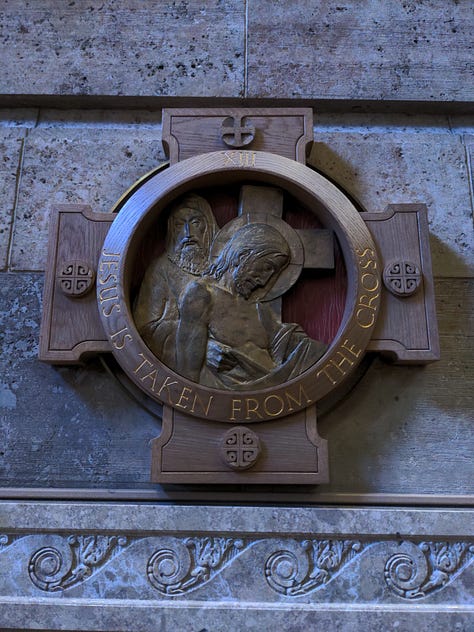
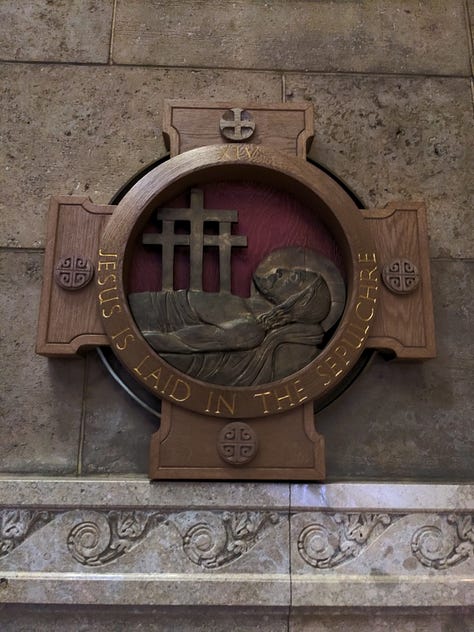
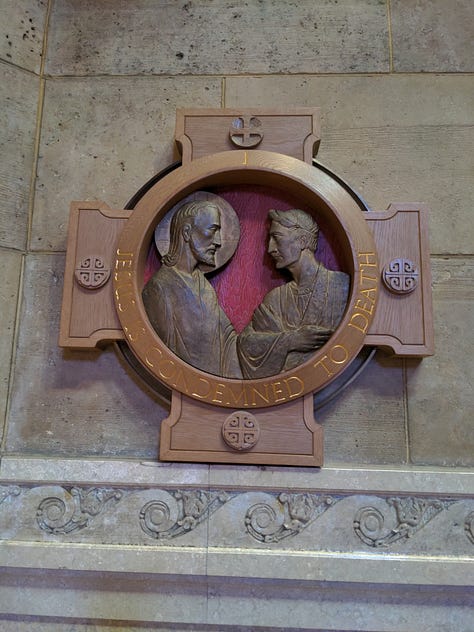
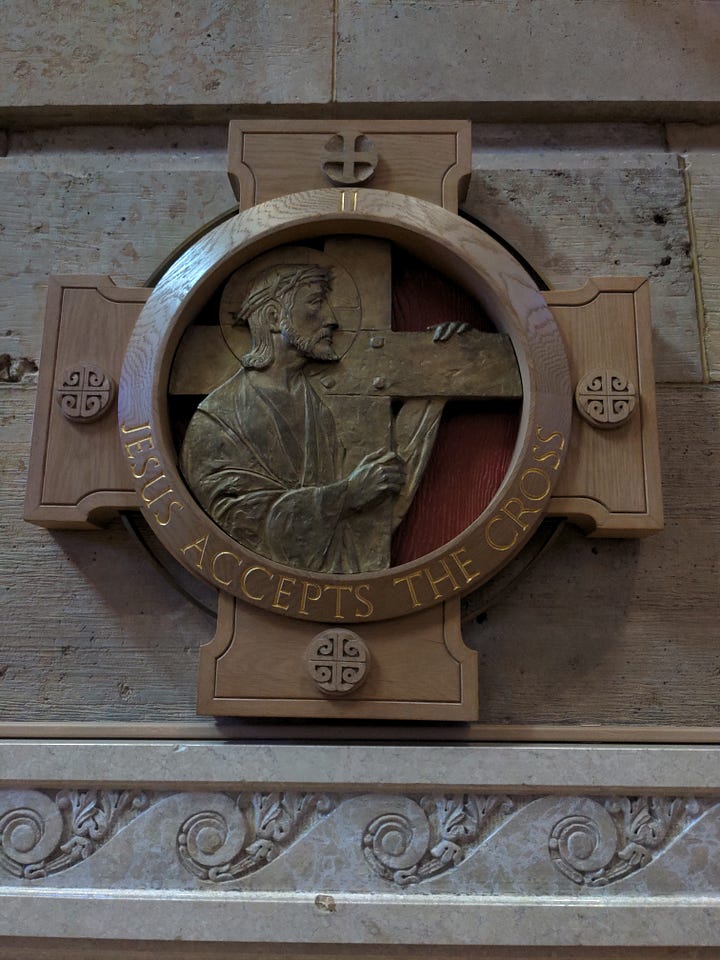
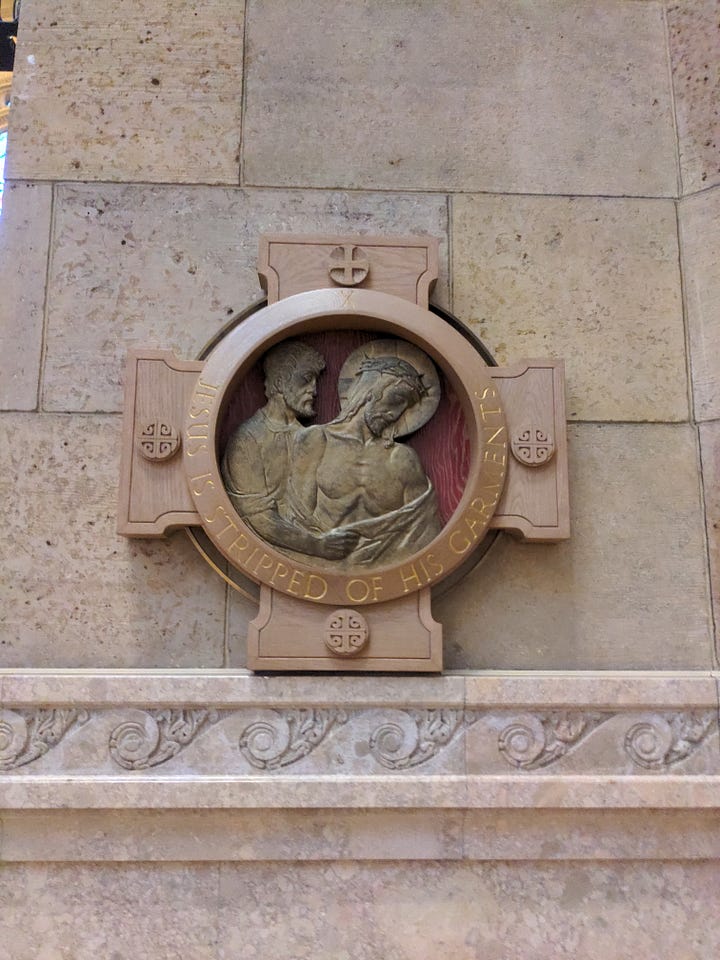
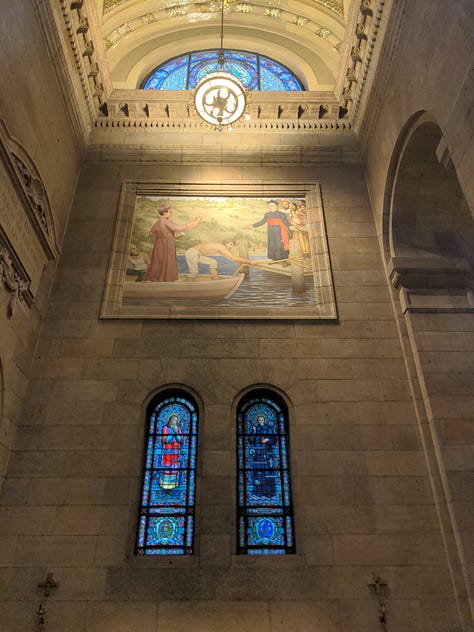
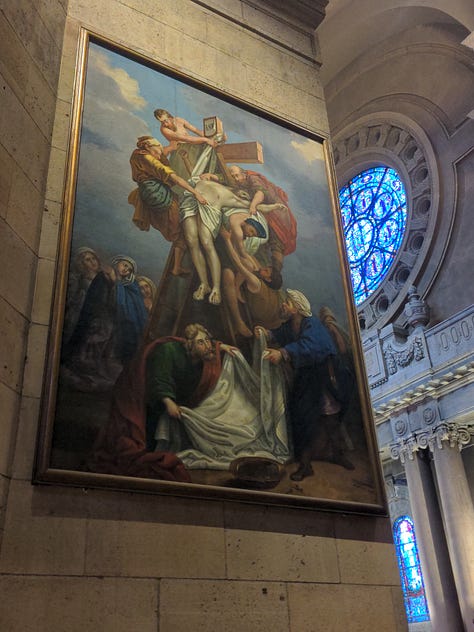
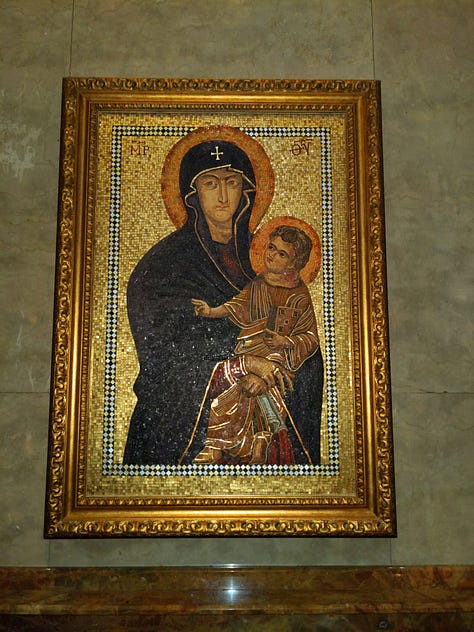
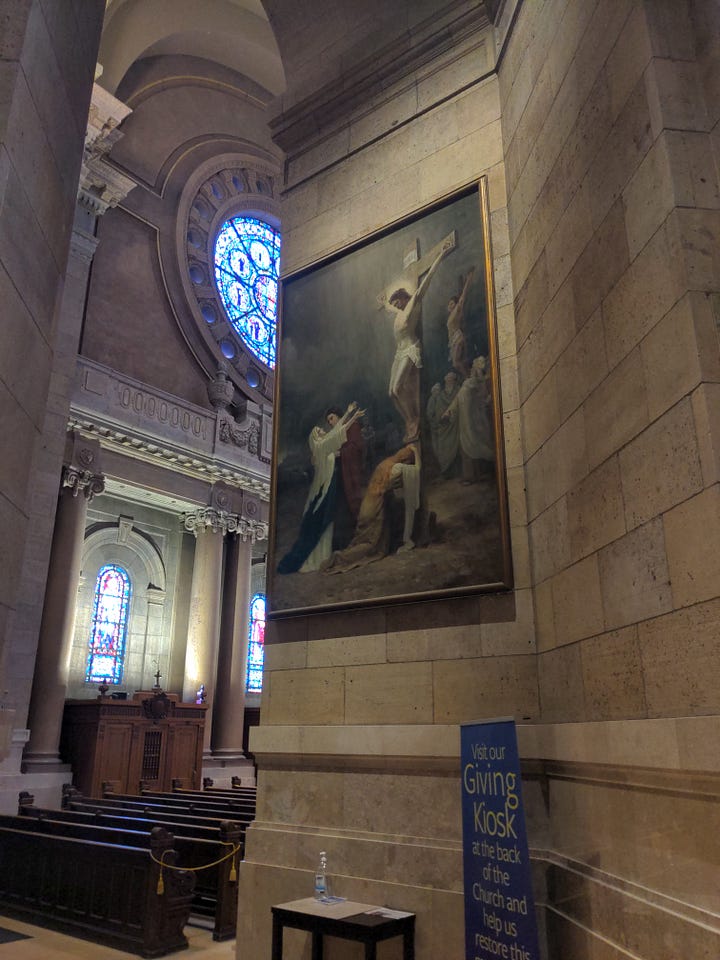
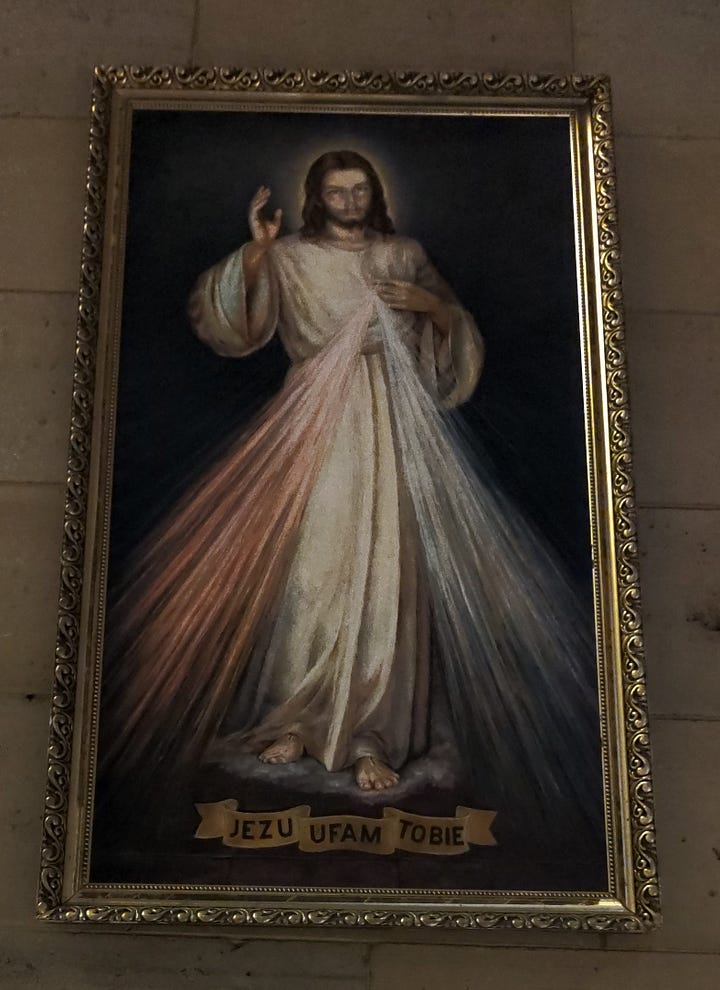
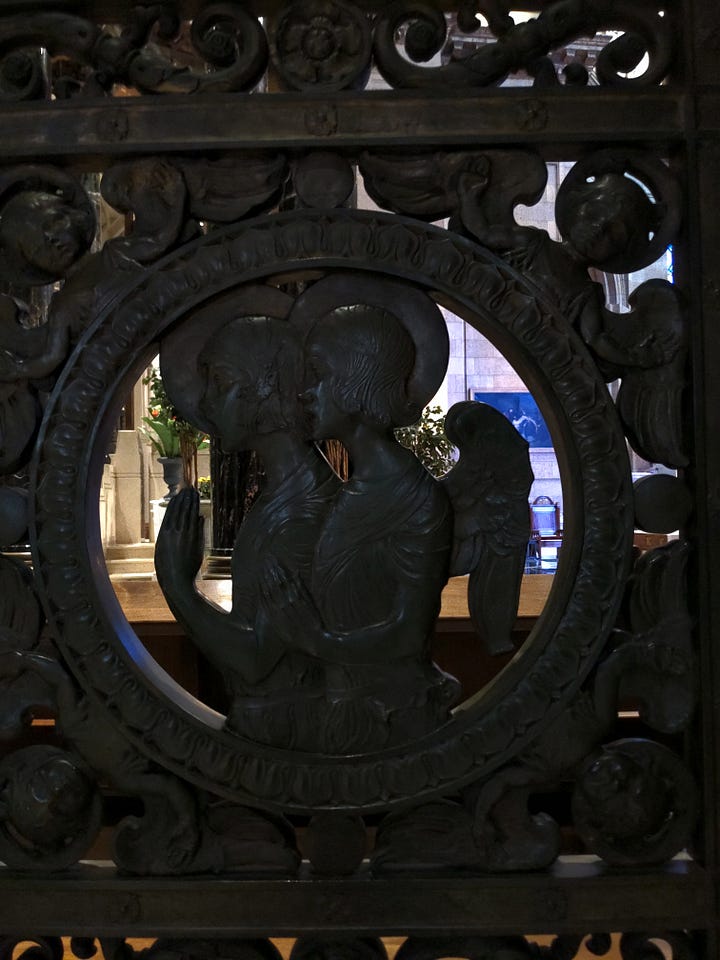
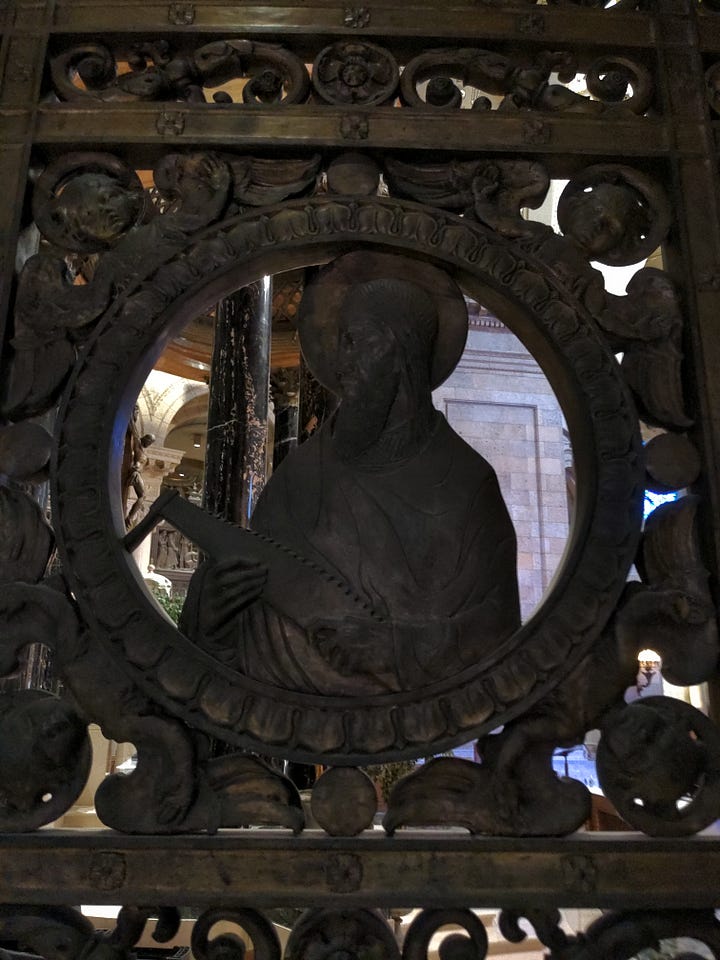
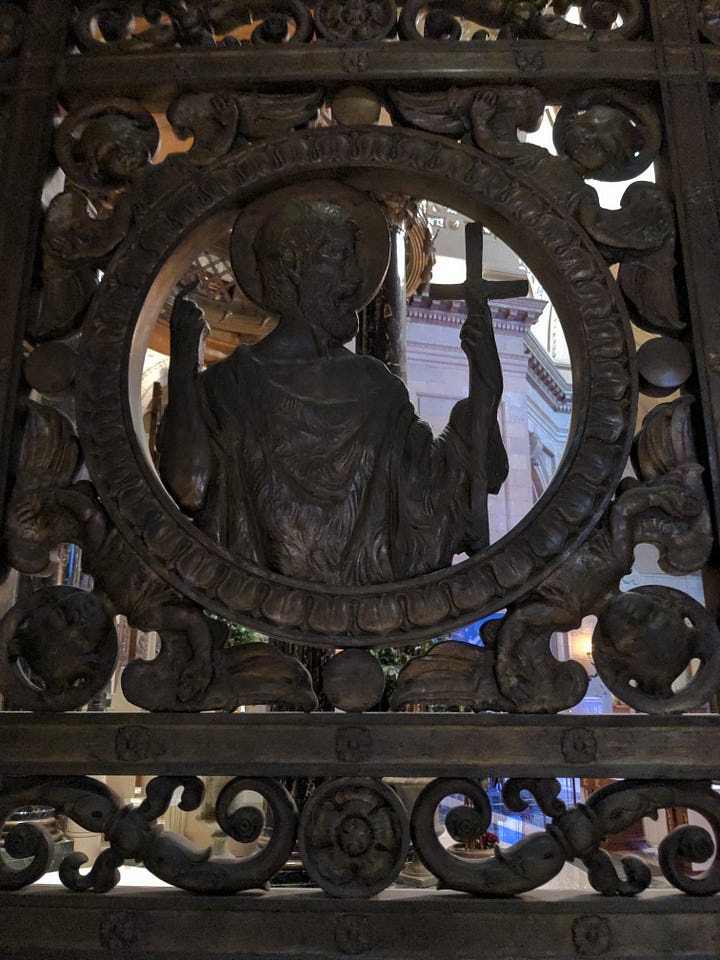

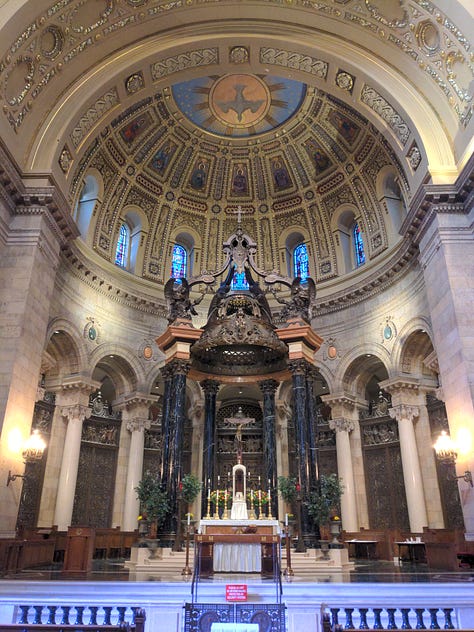
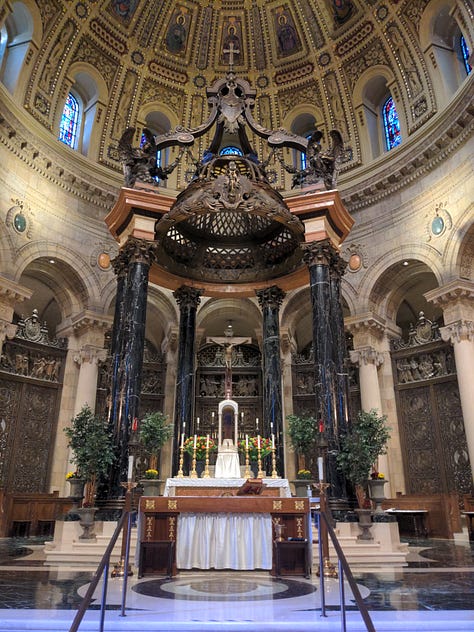
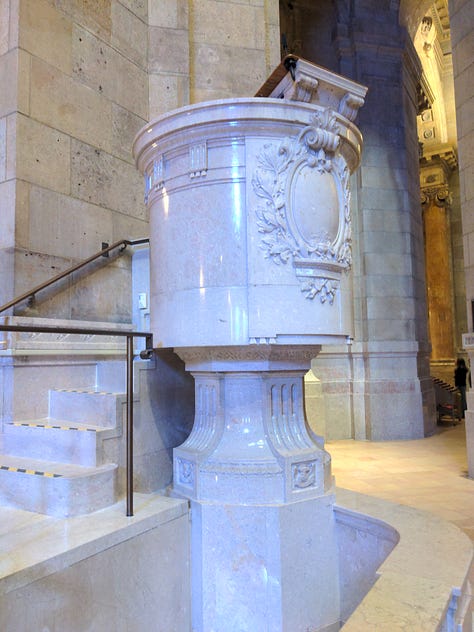
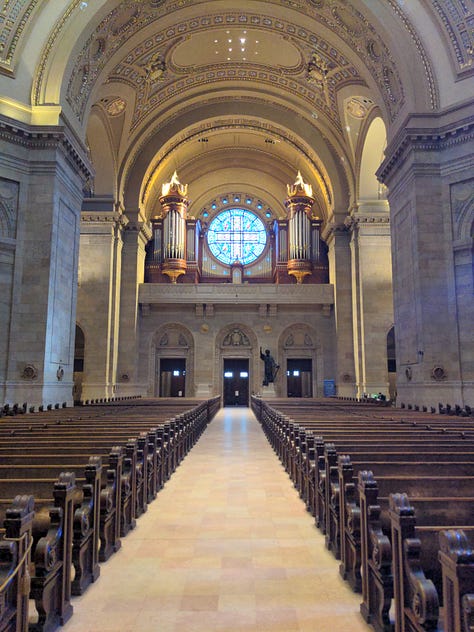
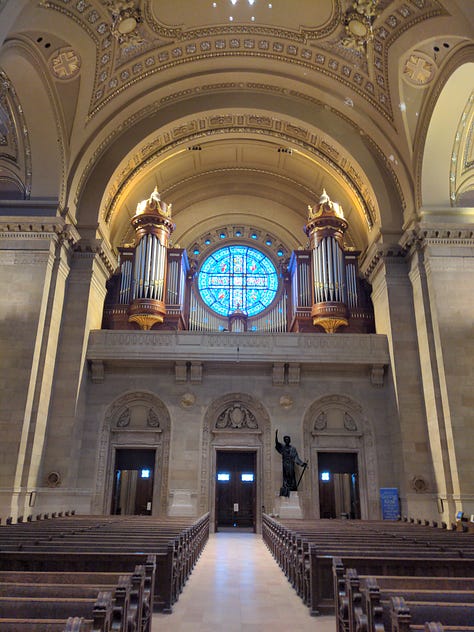
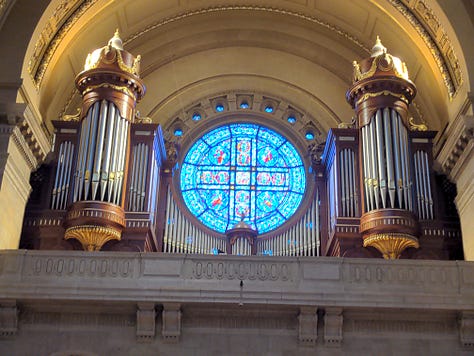
I will note that there are many reasons that would prevent even a Catholic from participating in a Catholic communion, such as being divorced and remarried without annulment, or holding heretical beliefs.
It might seem even more familiar if I used a more traditional translation, such as the NIV. But I’m sticking to my practice of using the Hart translation.
The movie Fight Club, that is. The novel does speak about single-serving thises and thats while the hero travels for work, but the quip about a “single-serving friend” is unique to the movie.




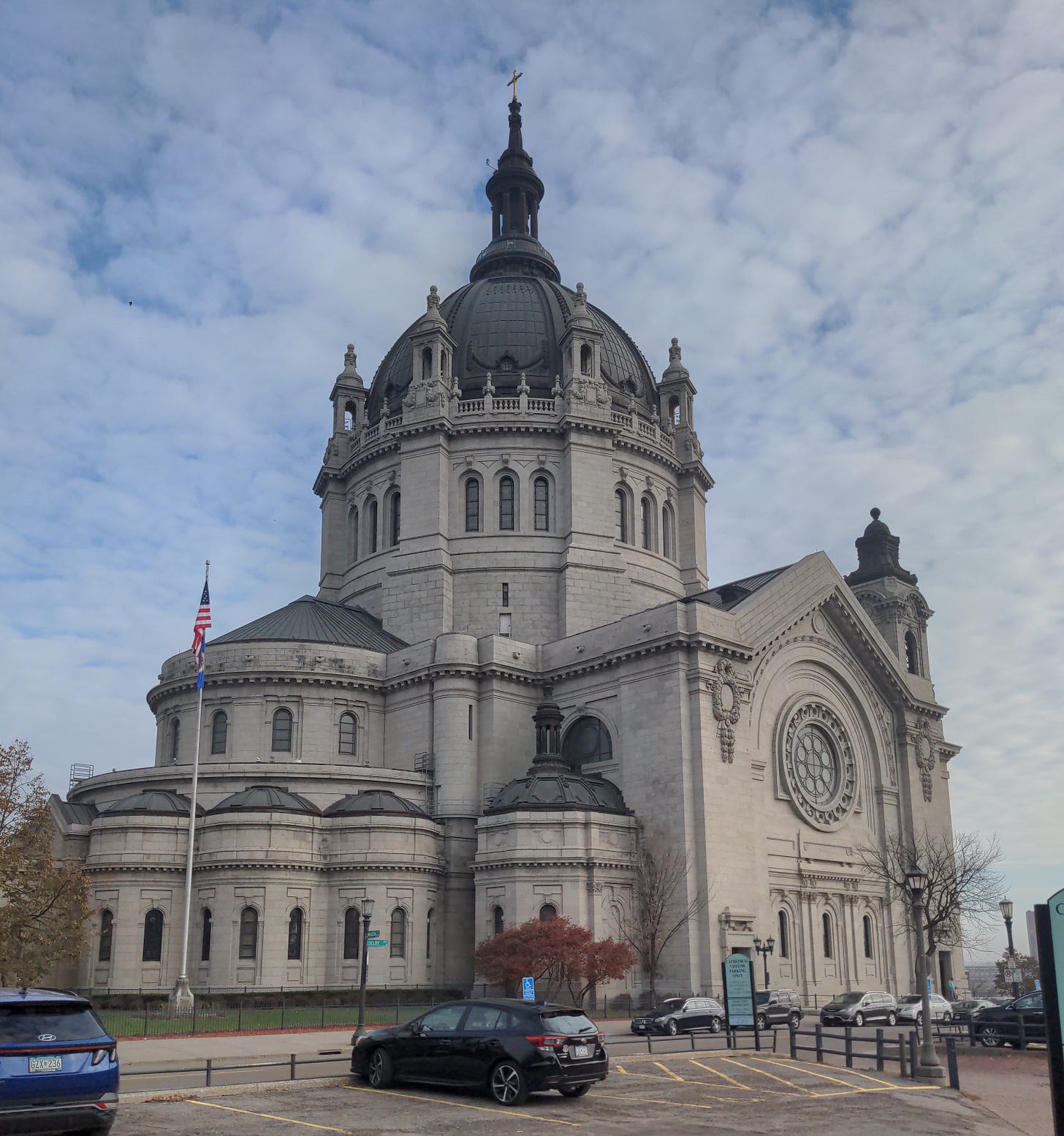
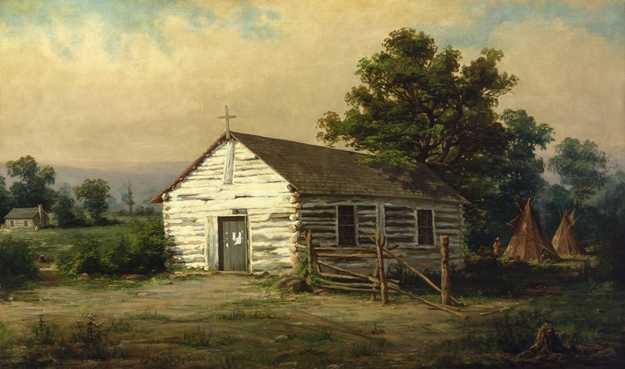
I need to read The Gospel of Thomas. Those are great quotes. Thank you. Your definition of "gnostic" certainly works for me. At least as far as their beliefs and rites were/are concerned, weren't/aren't The Knights Templar and the freemasons (at least until they were subverted by the Illuminati?) Egyptian Gnostic Christians? The Egyptian Mysteries "Christianized"?
As for a narthex, study group or parish, perhaps a gnostic congregation is one that needs less central leadership than most? I would see it having more of an horizontal structure than pyramidal. John, I think this is a case of, "If you build it, they will come." Even if they only attend by Zoom, you will achieve the amplification effect of having 3,6,9,etc taking part. It works.
thanks for sharing the lovely photos great stuff